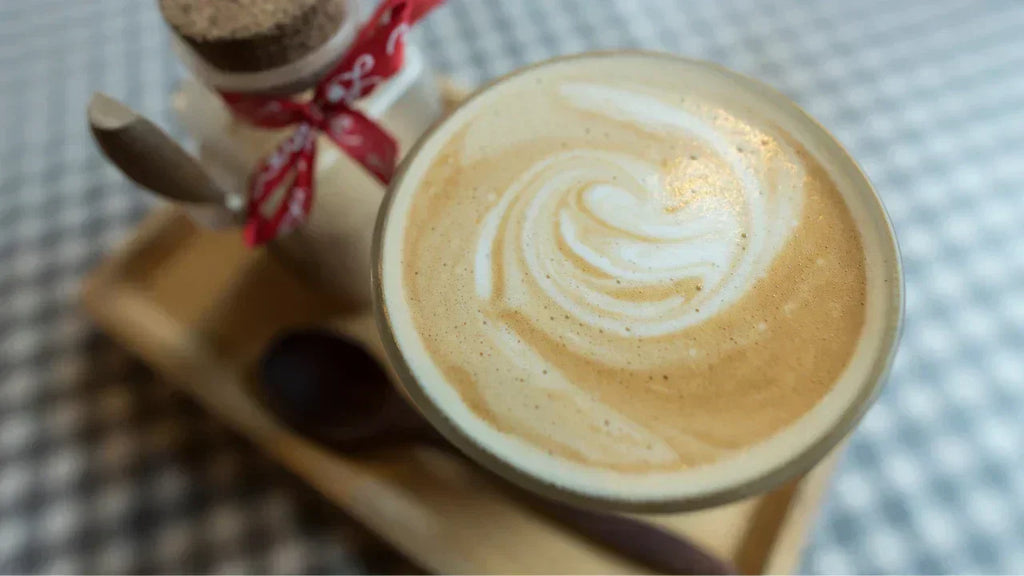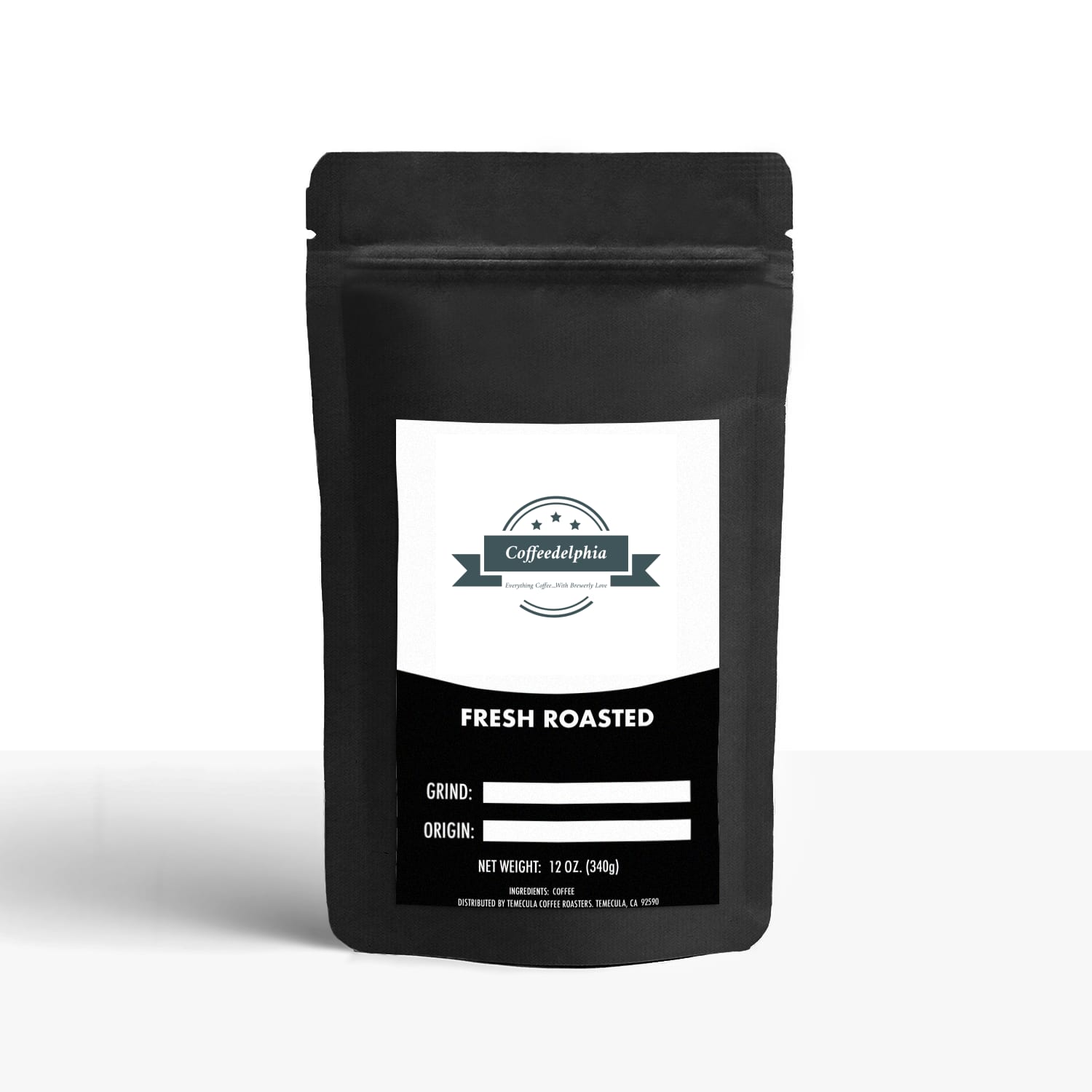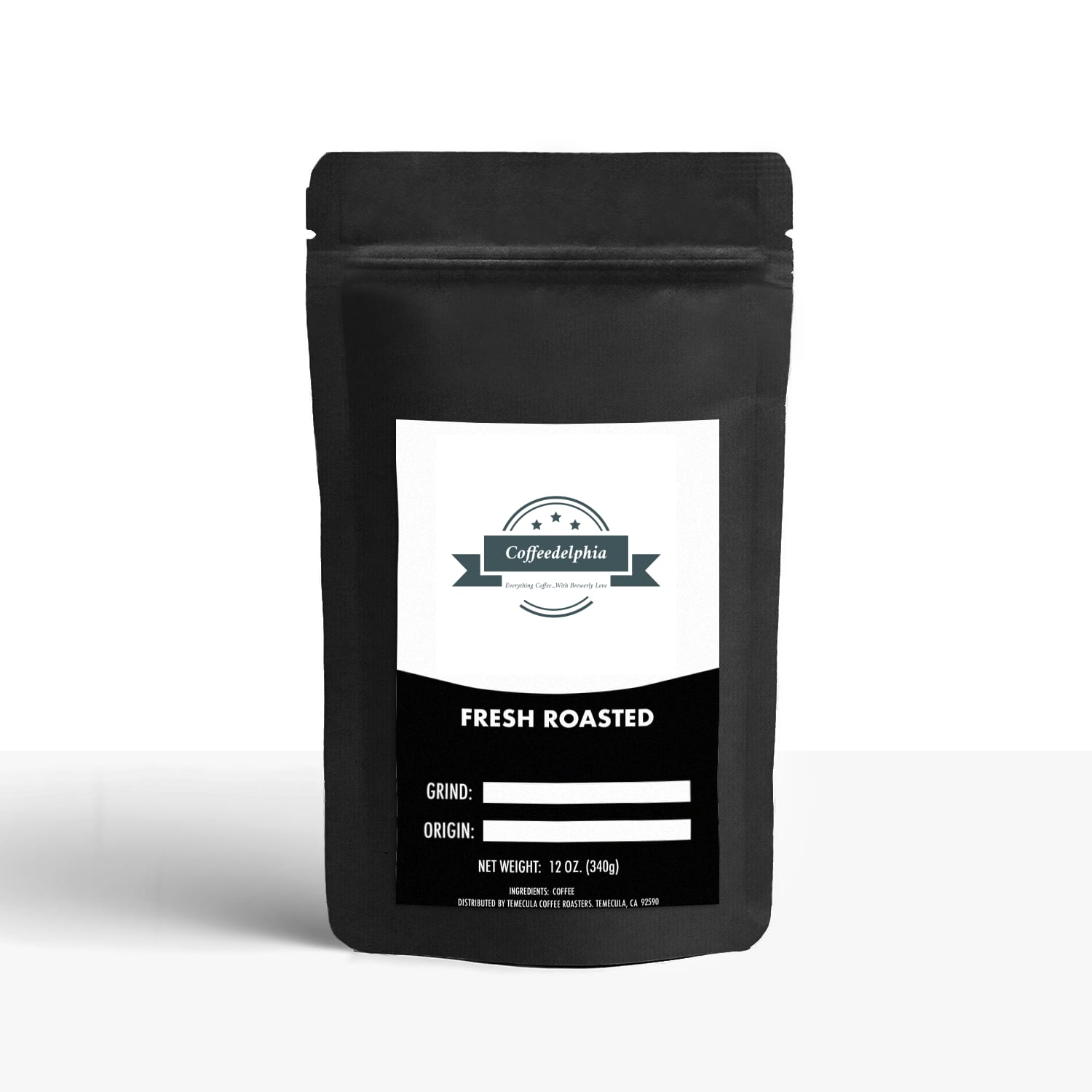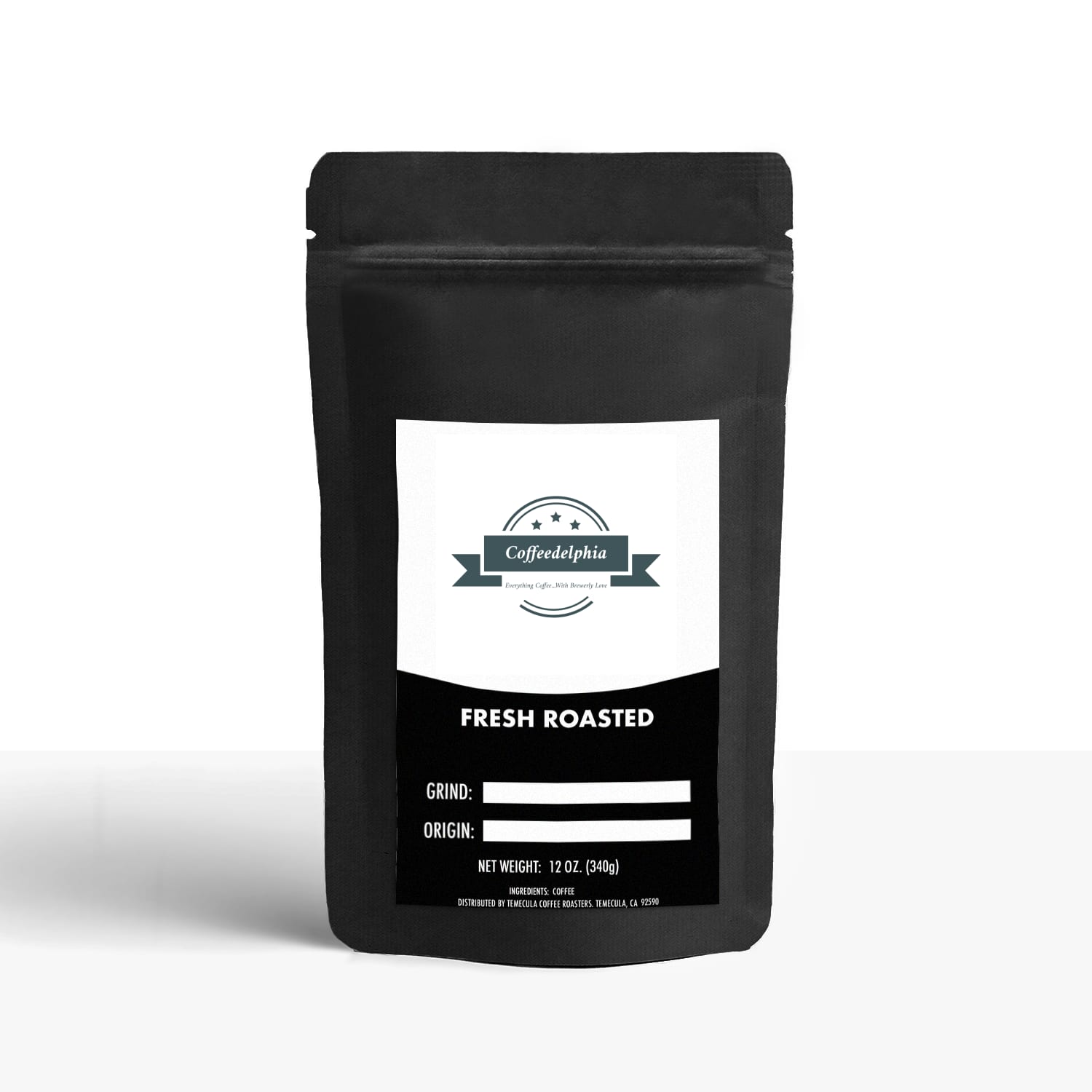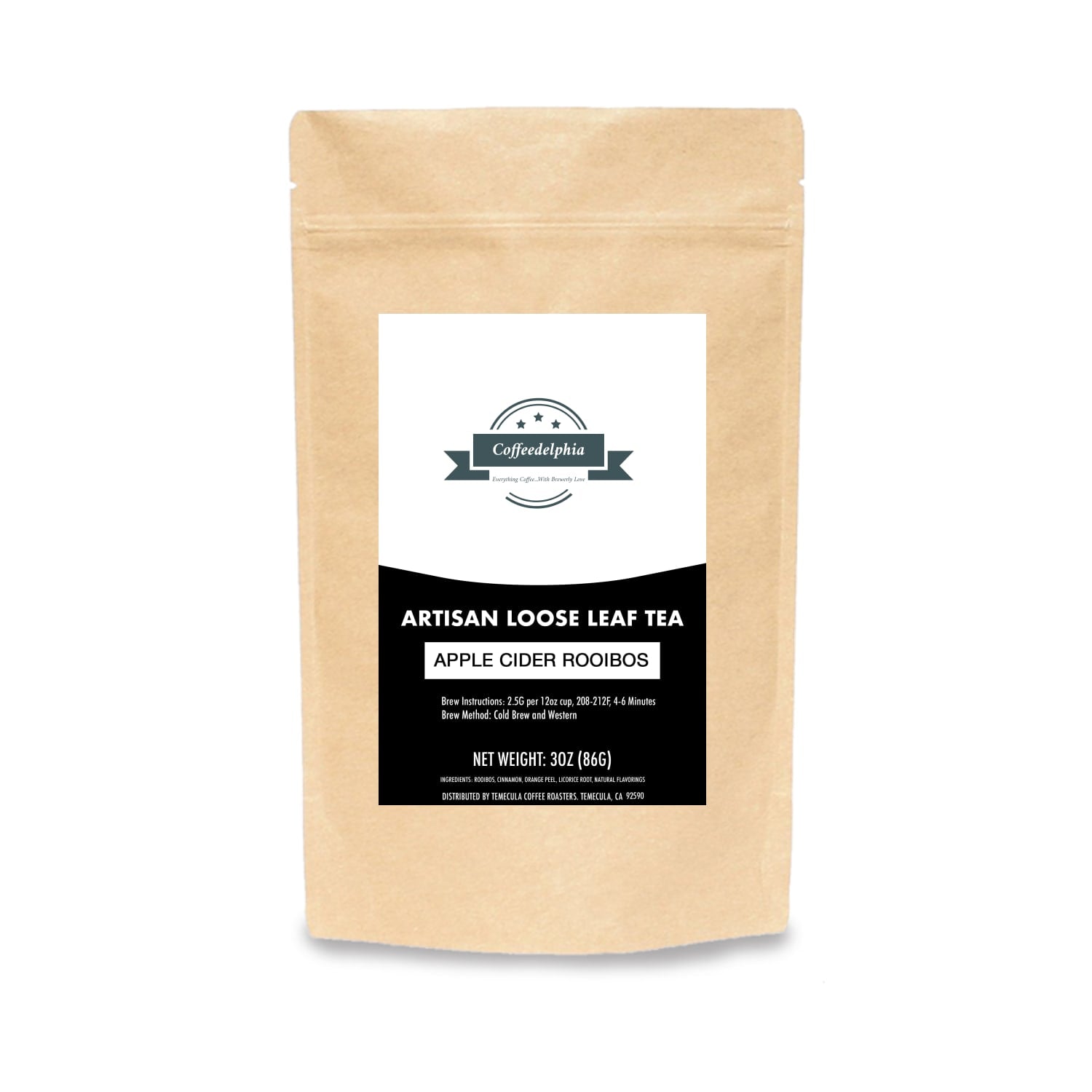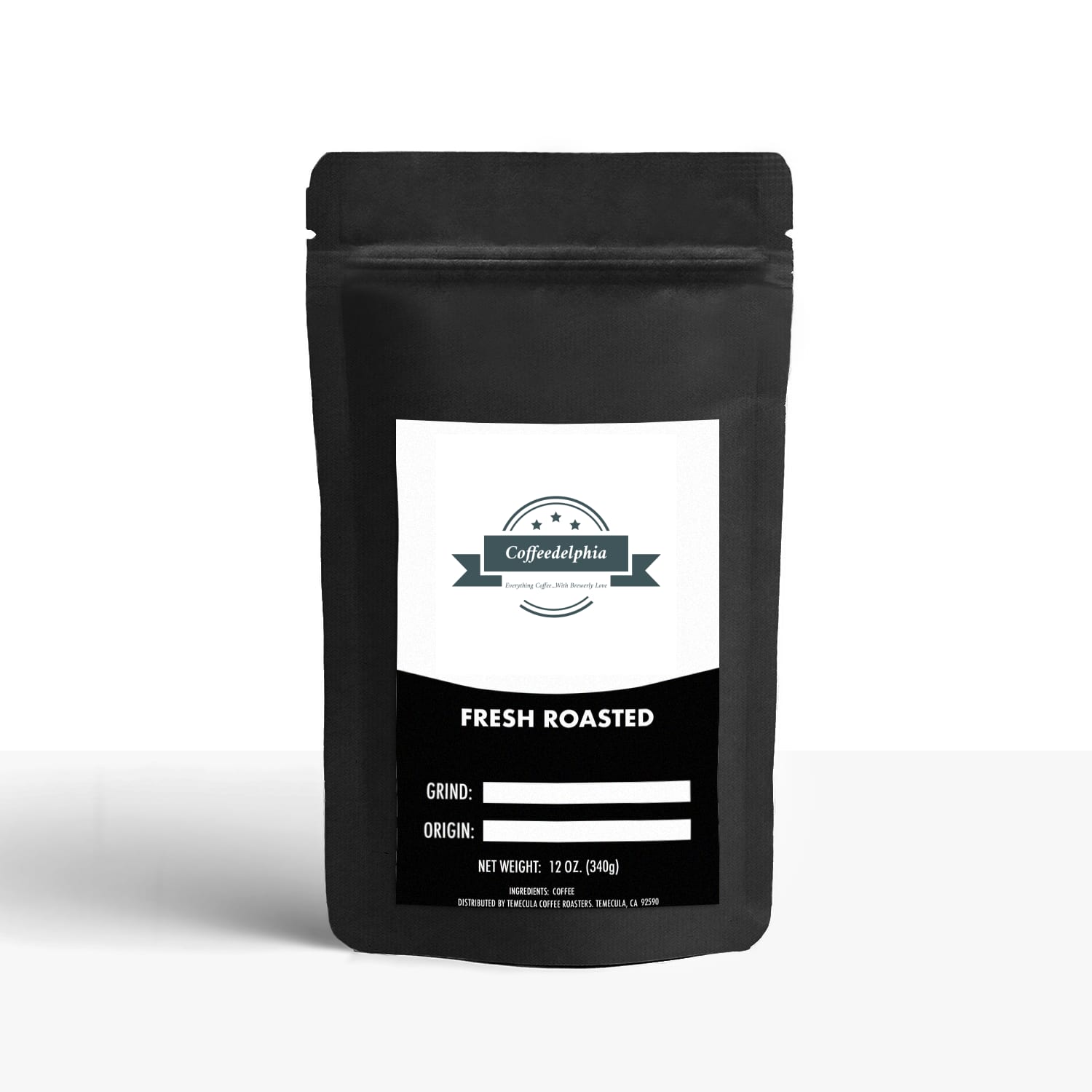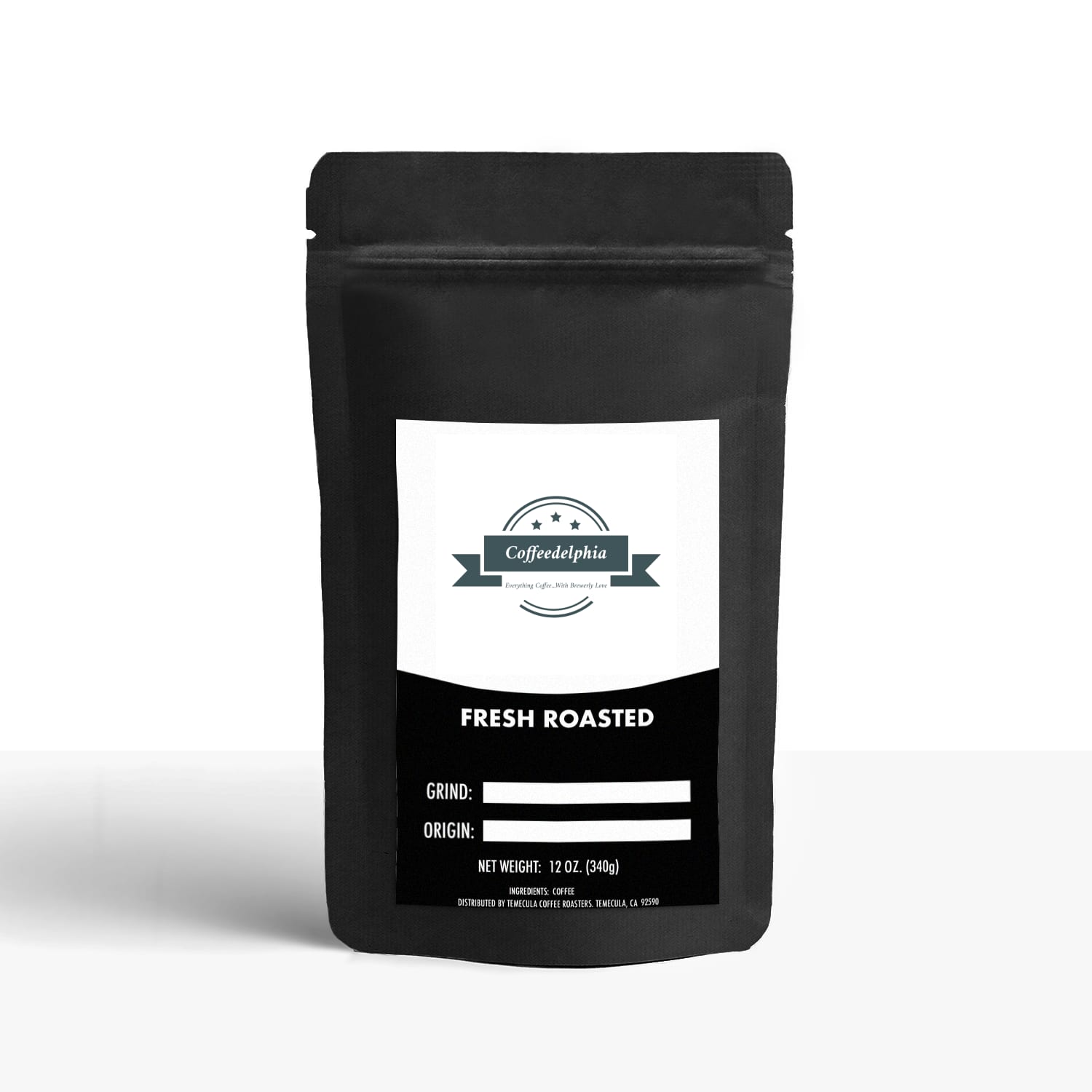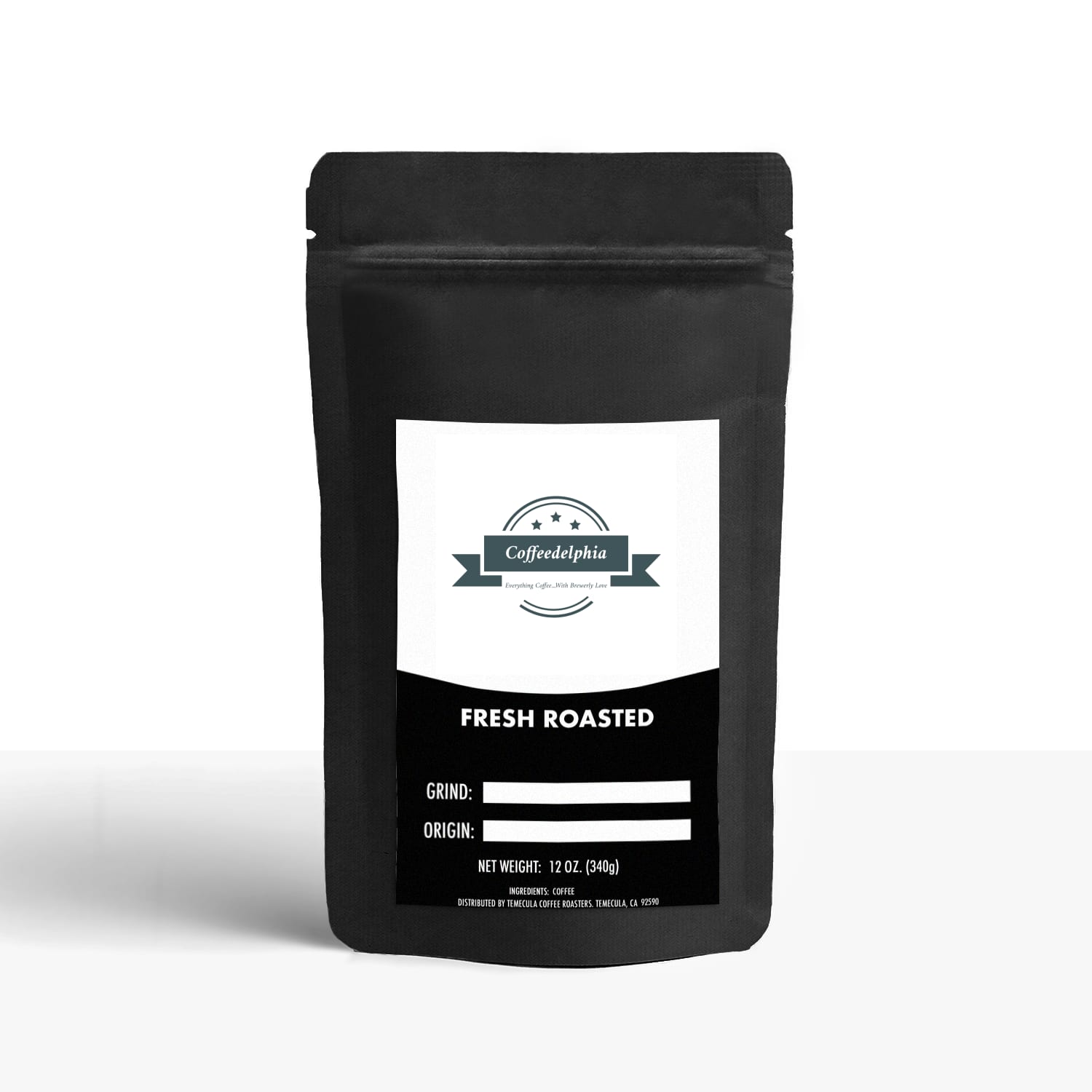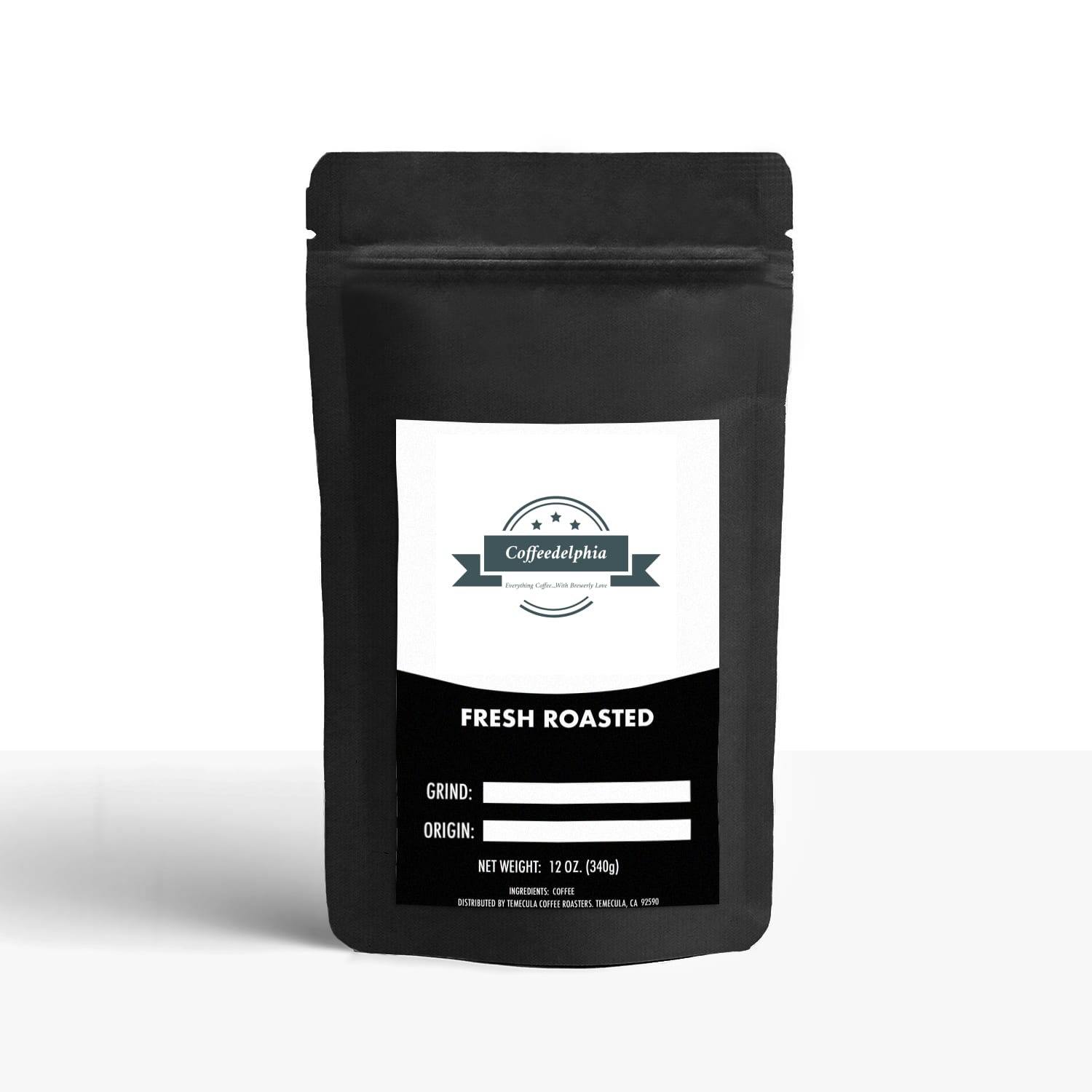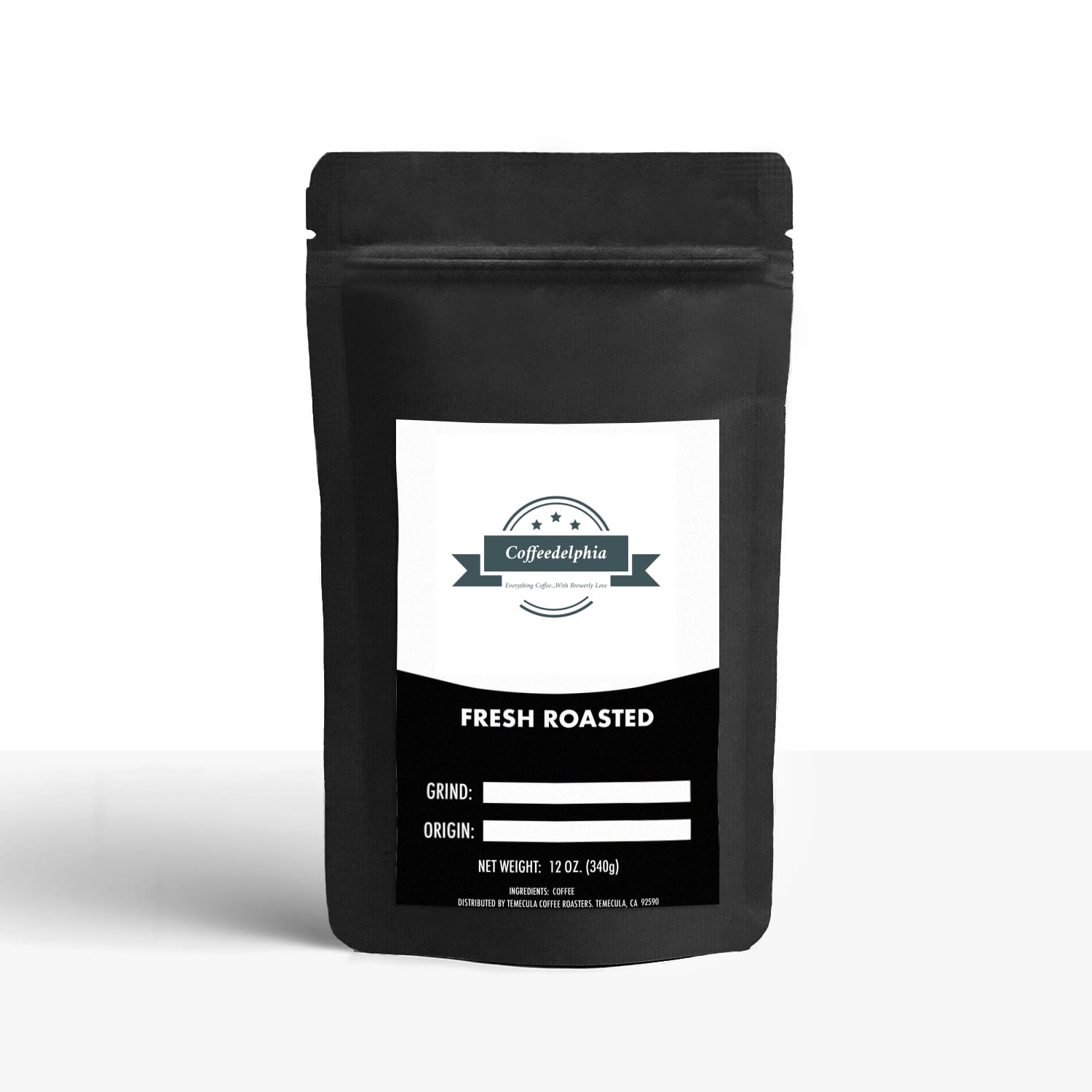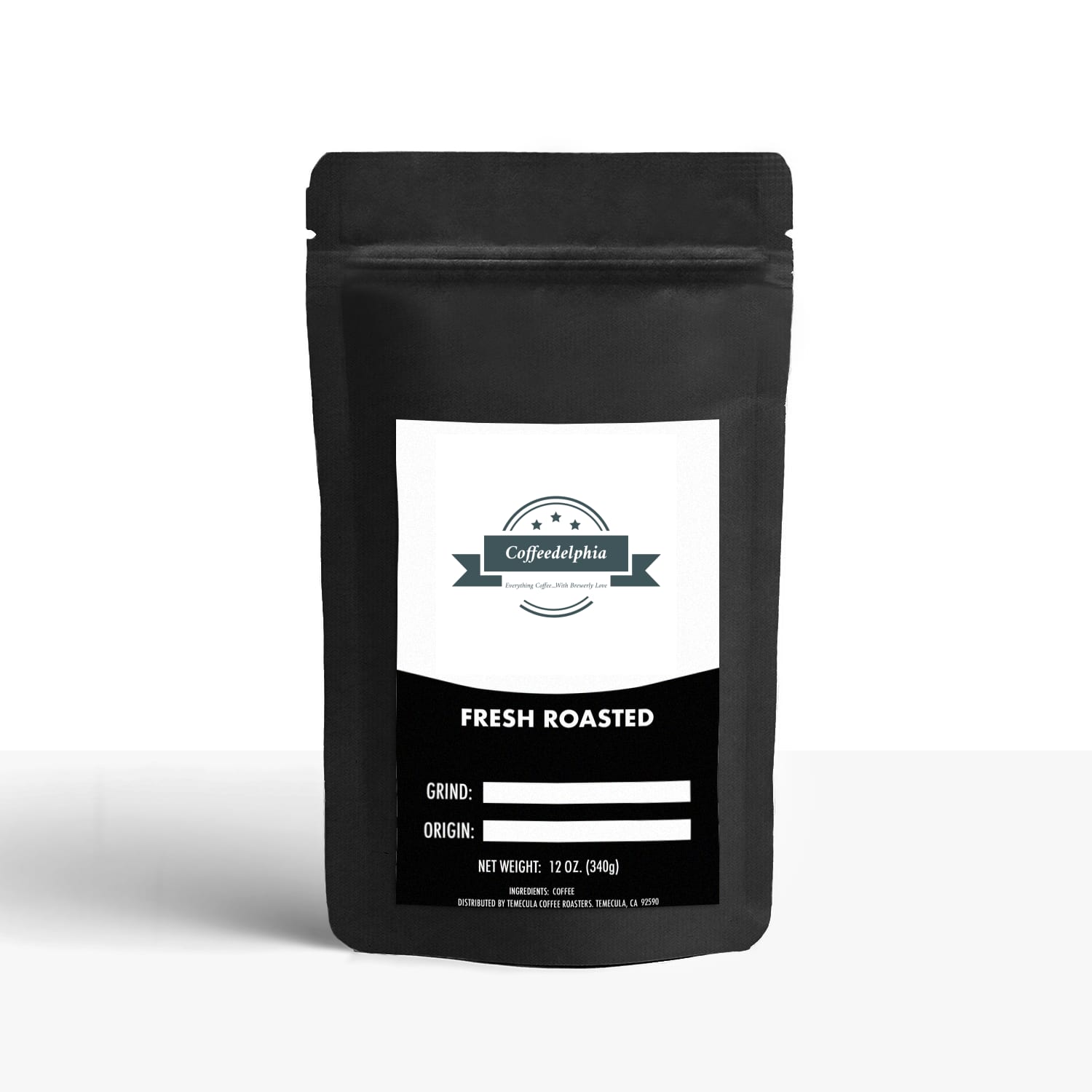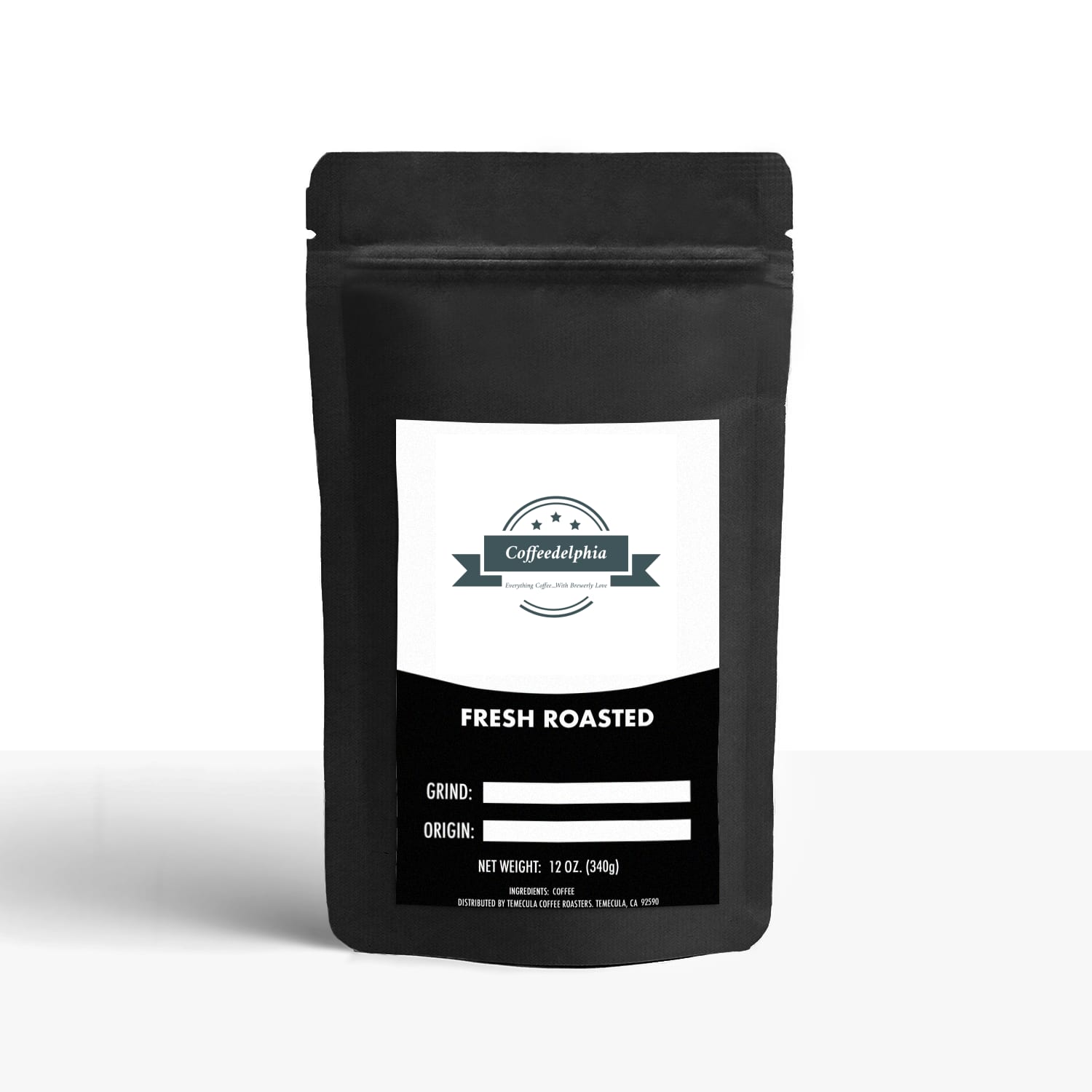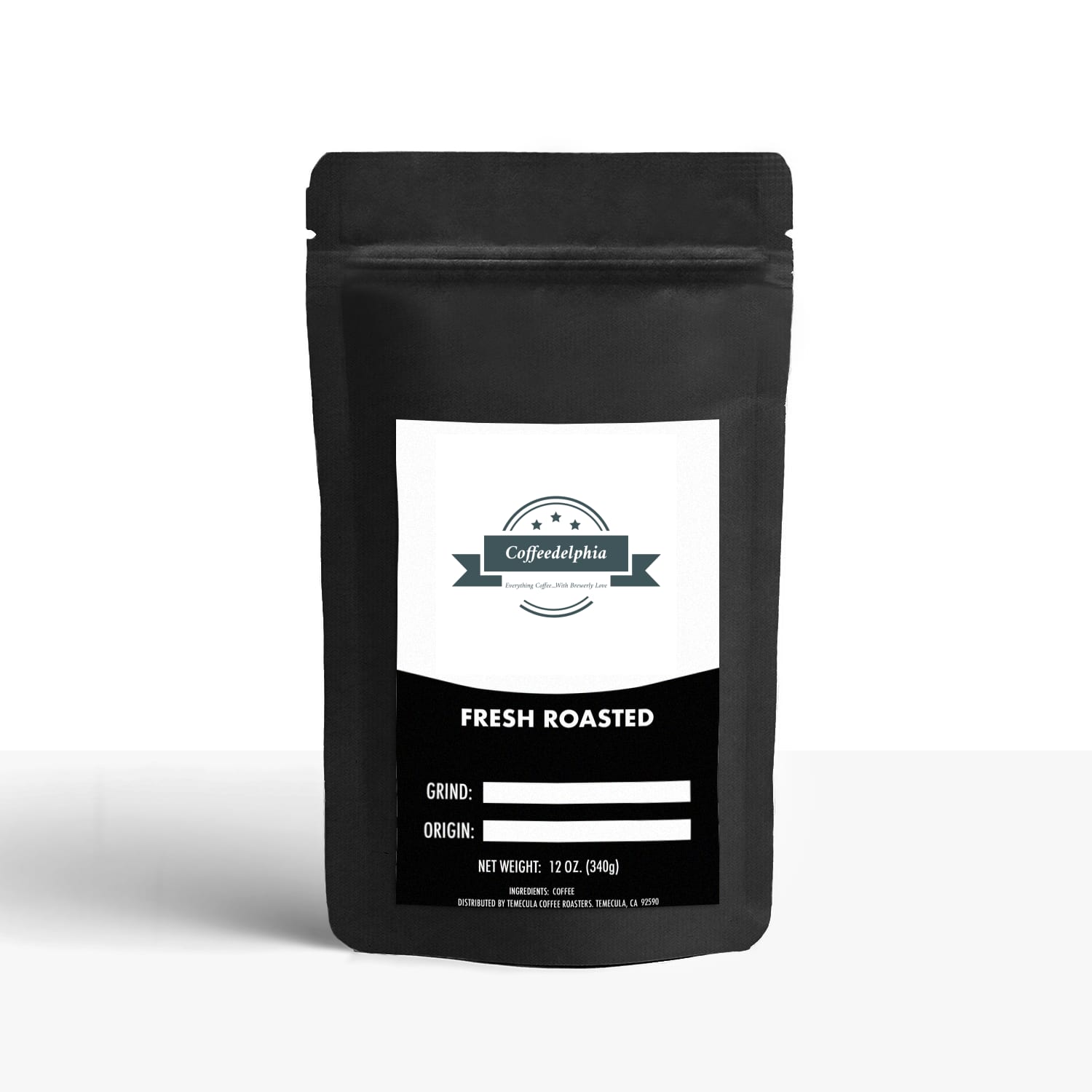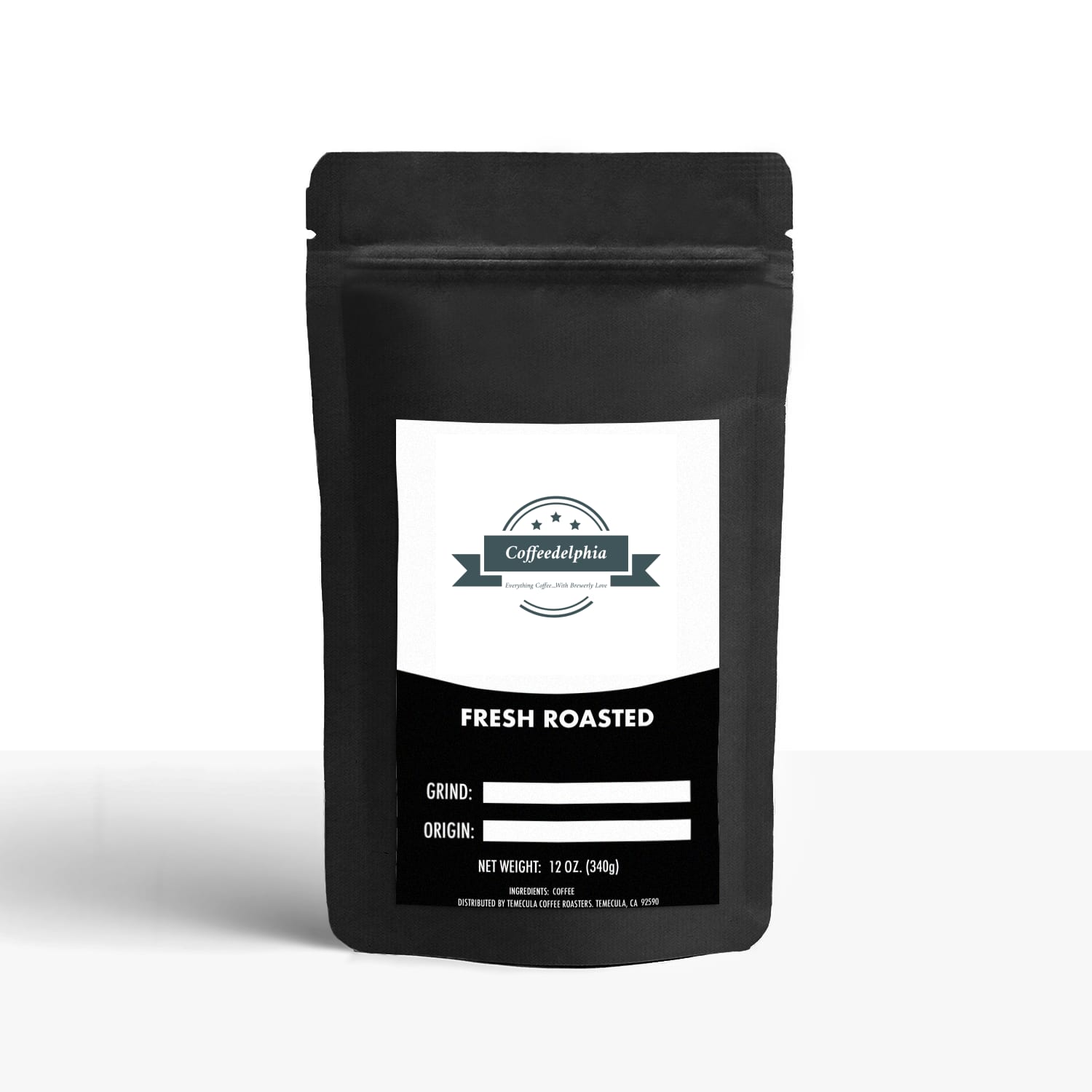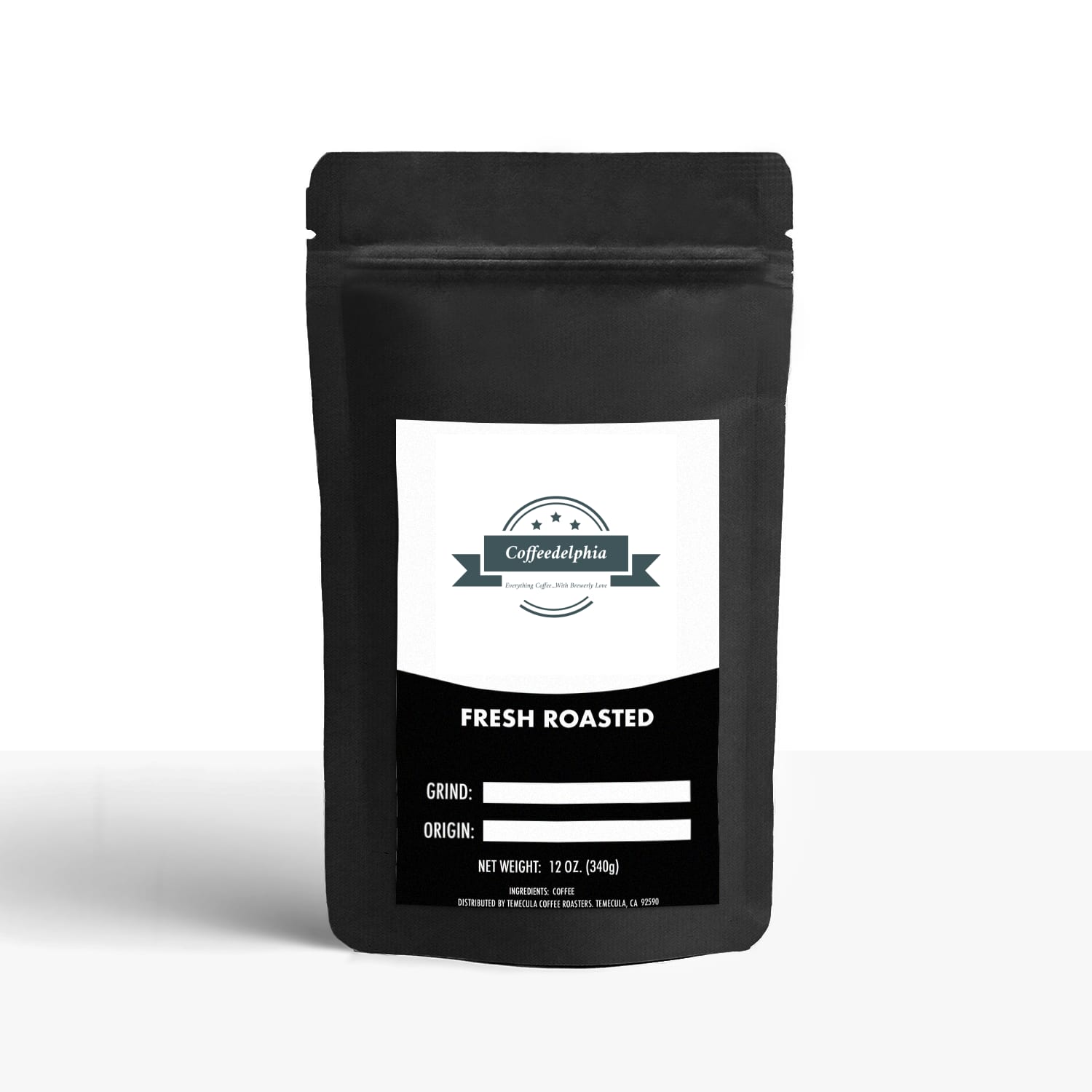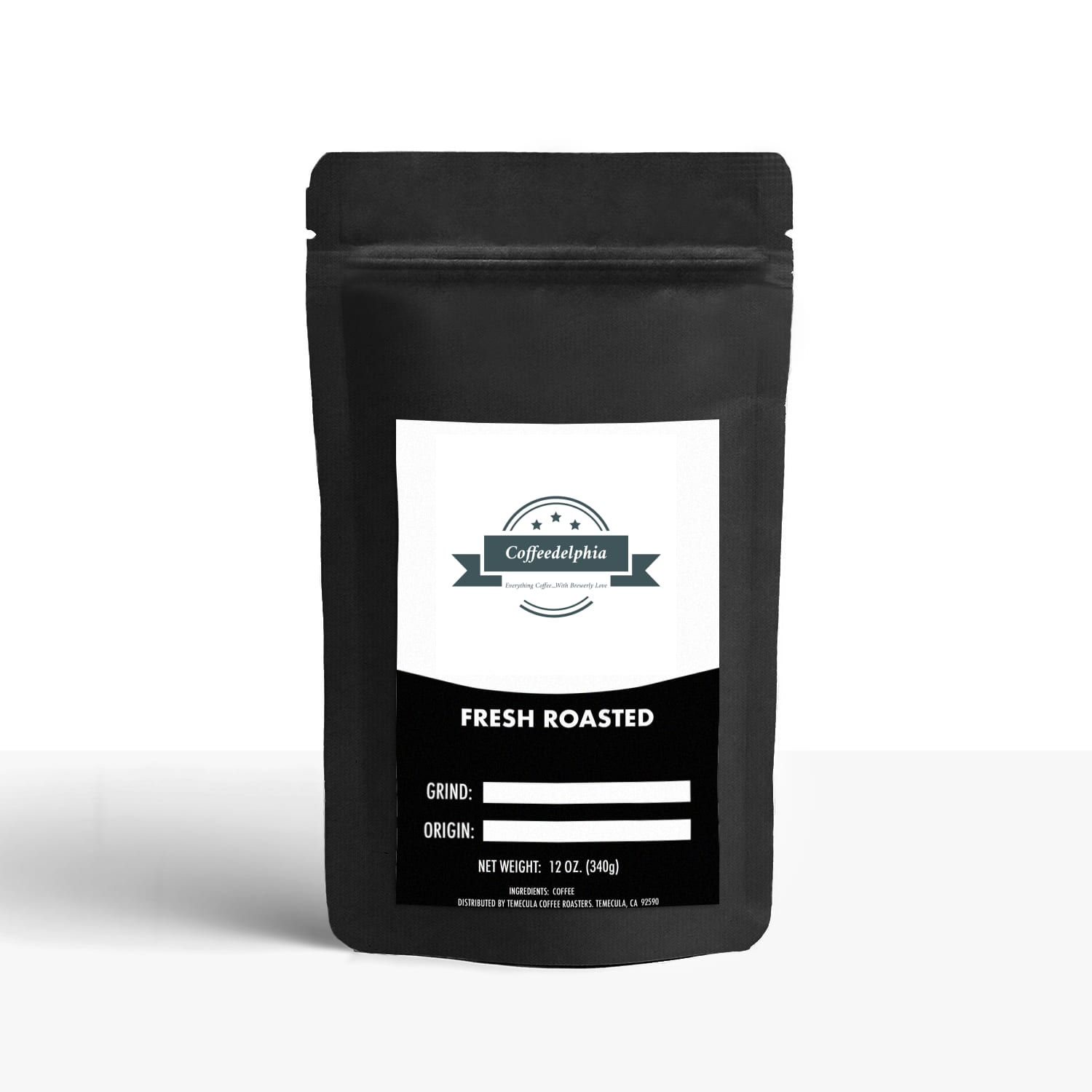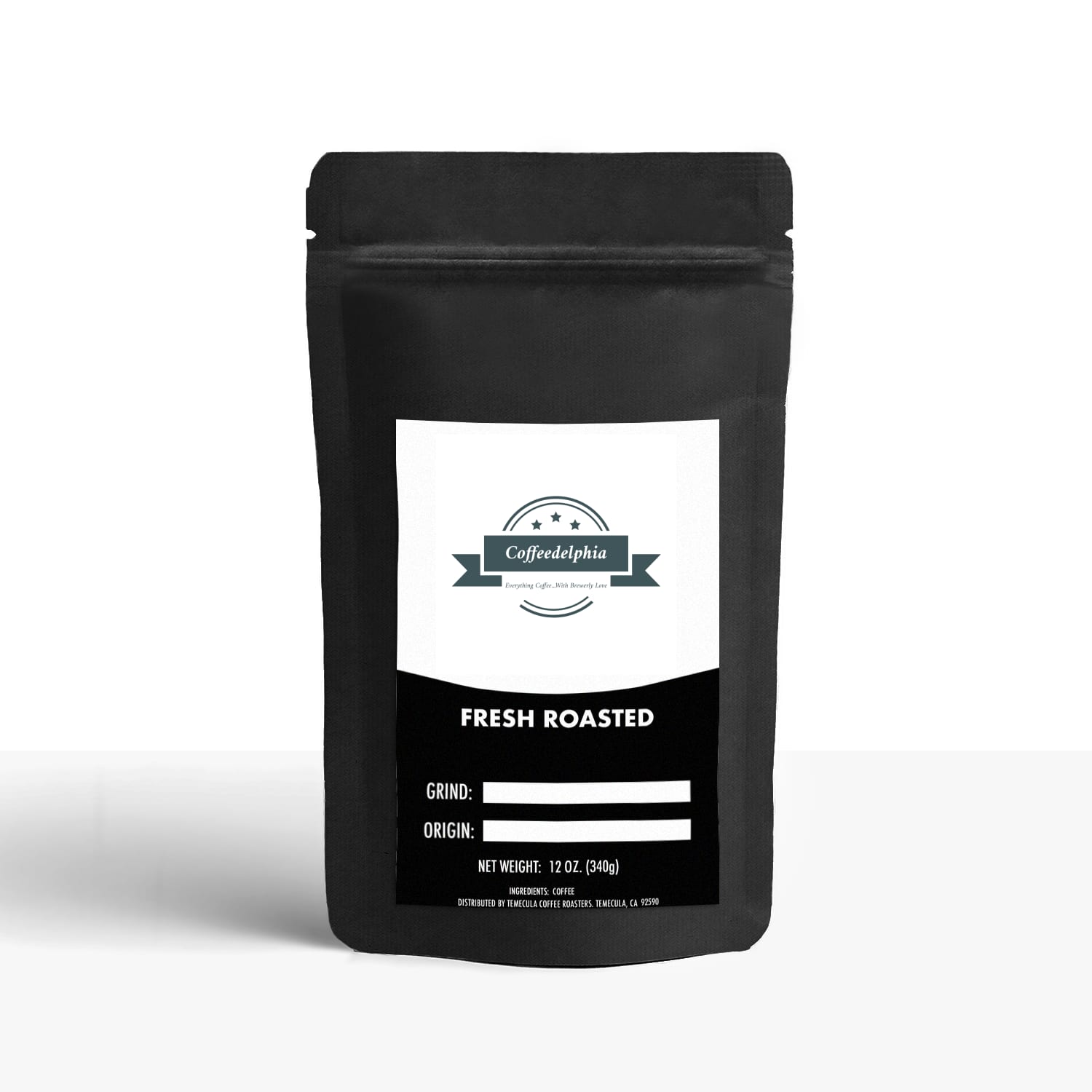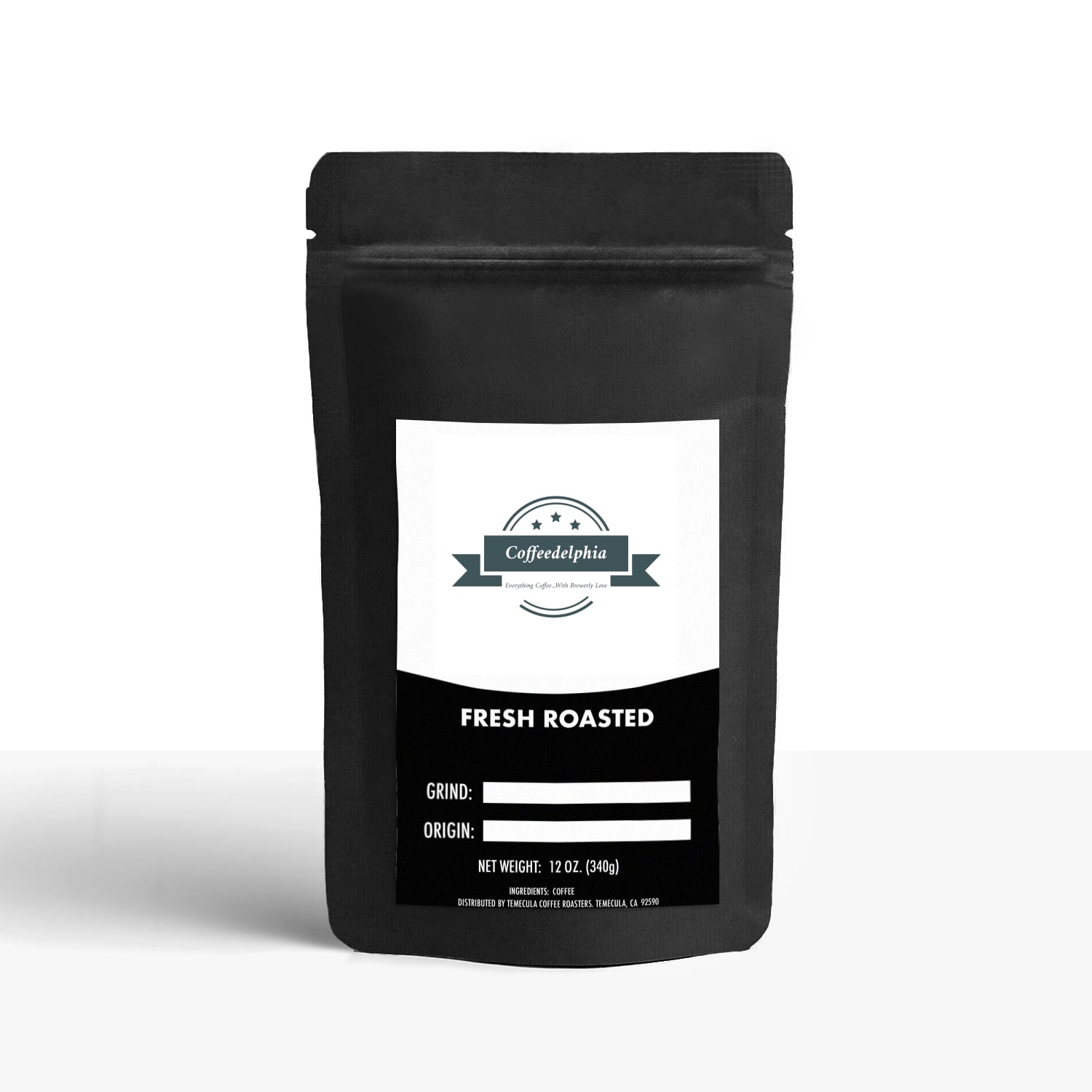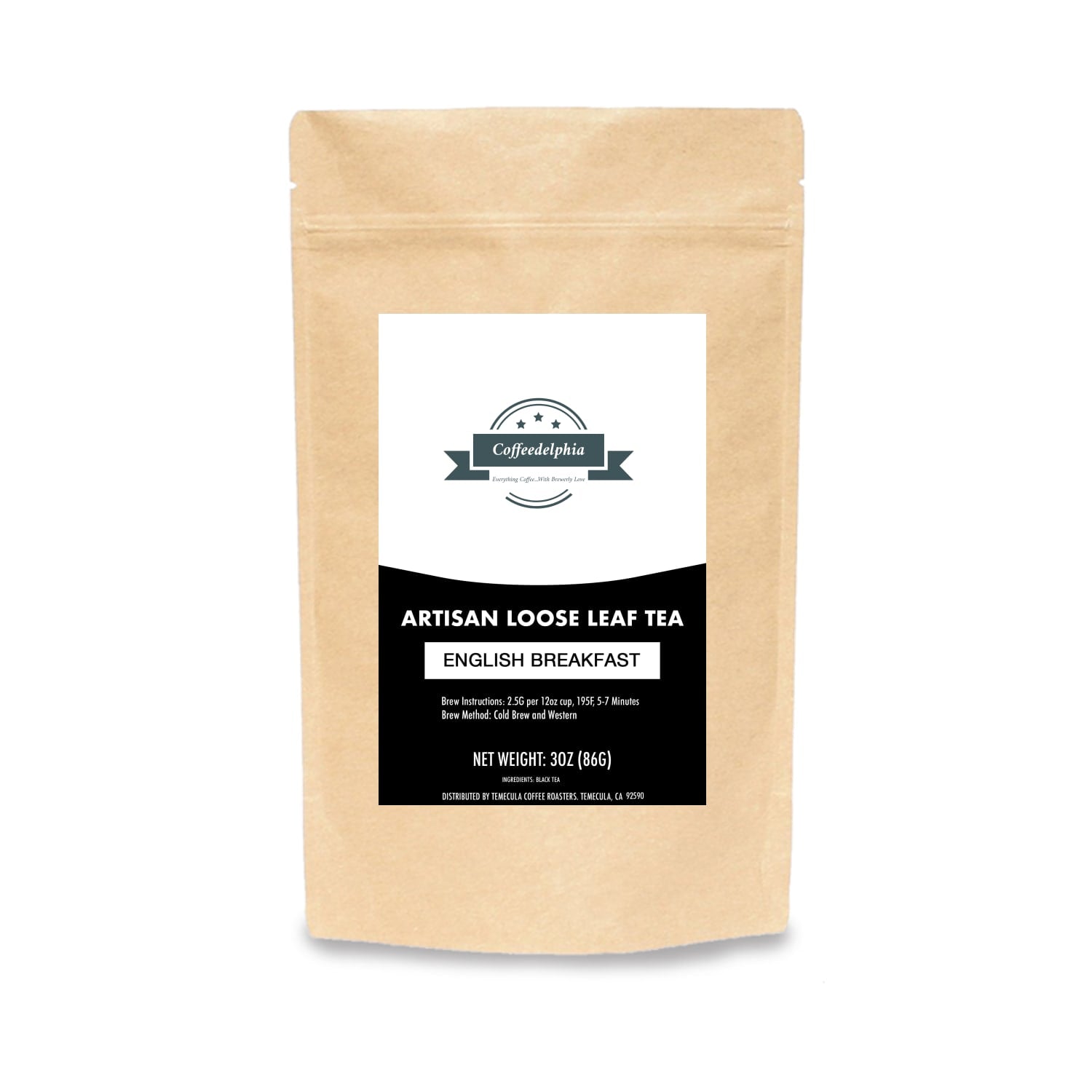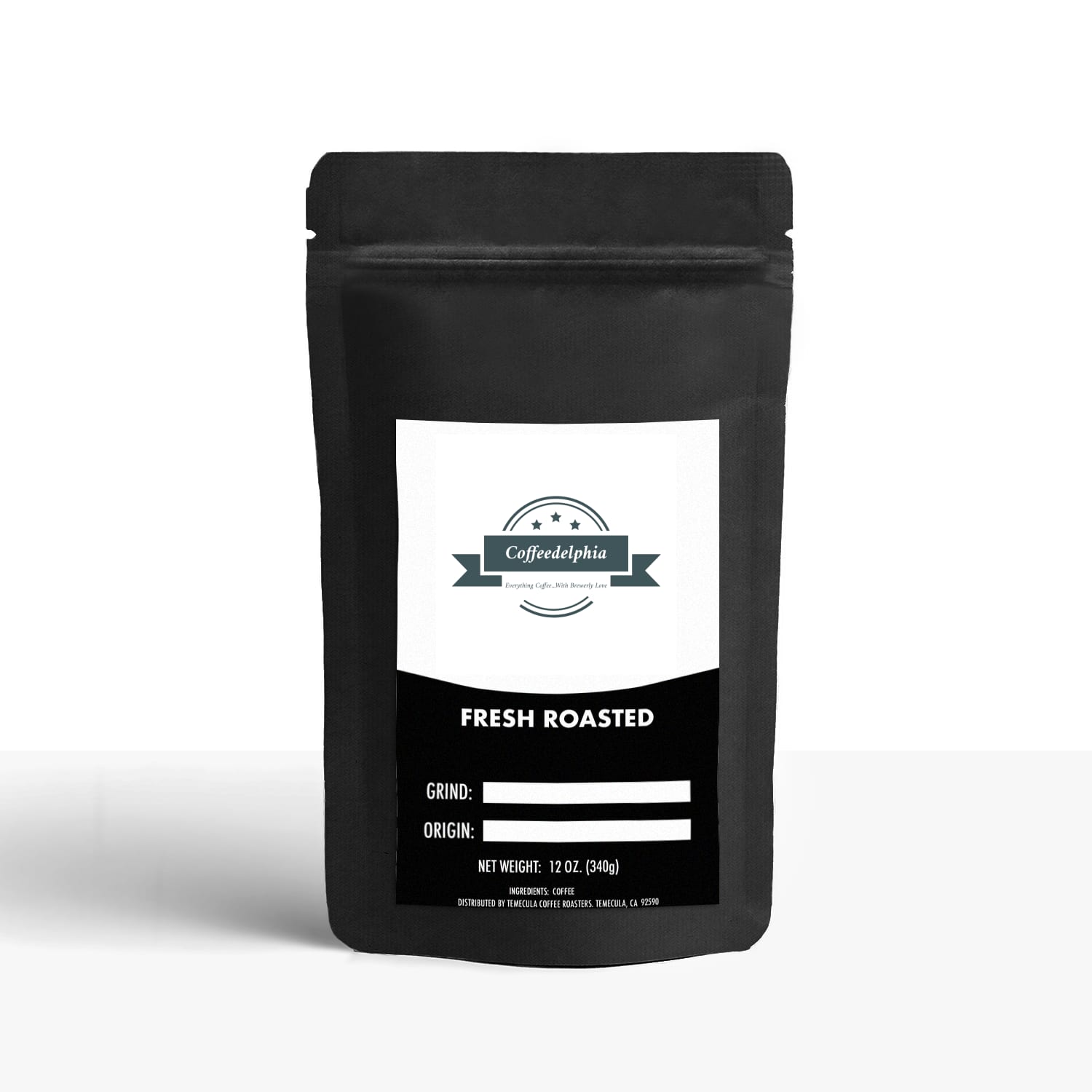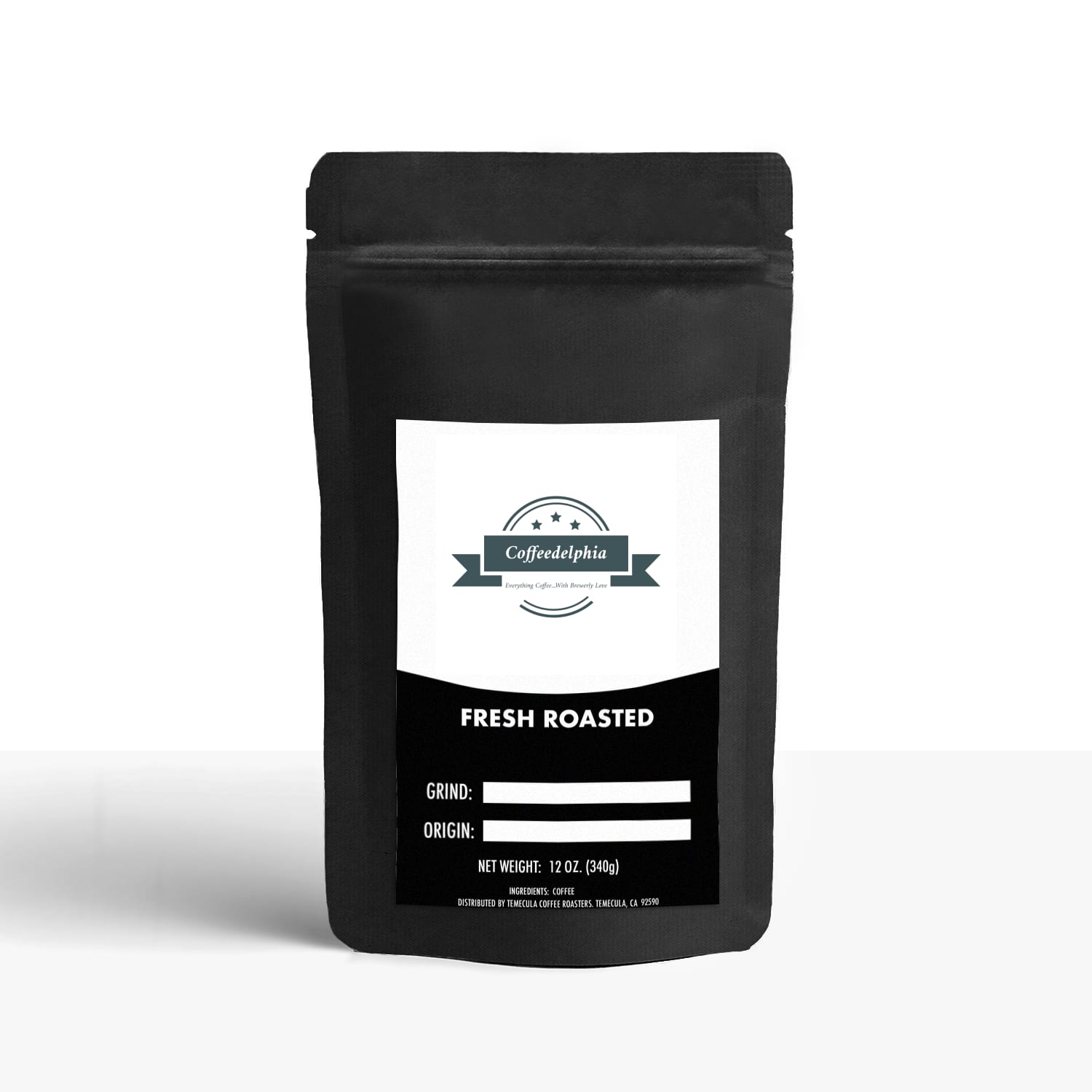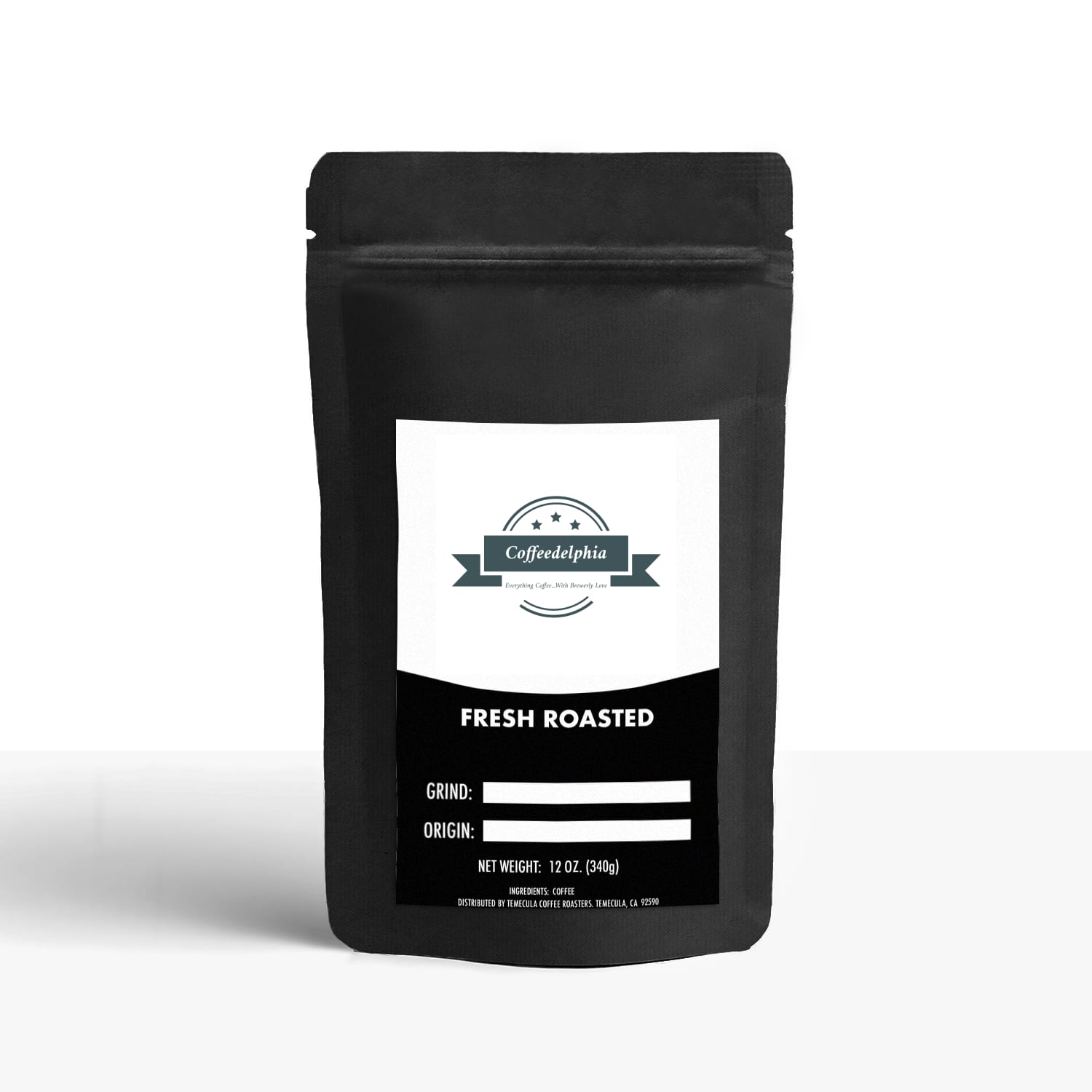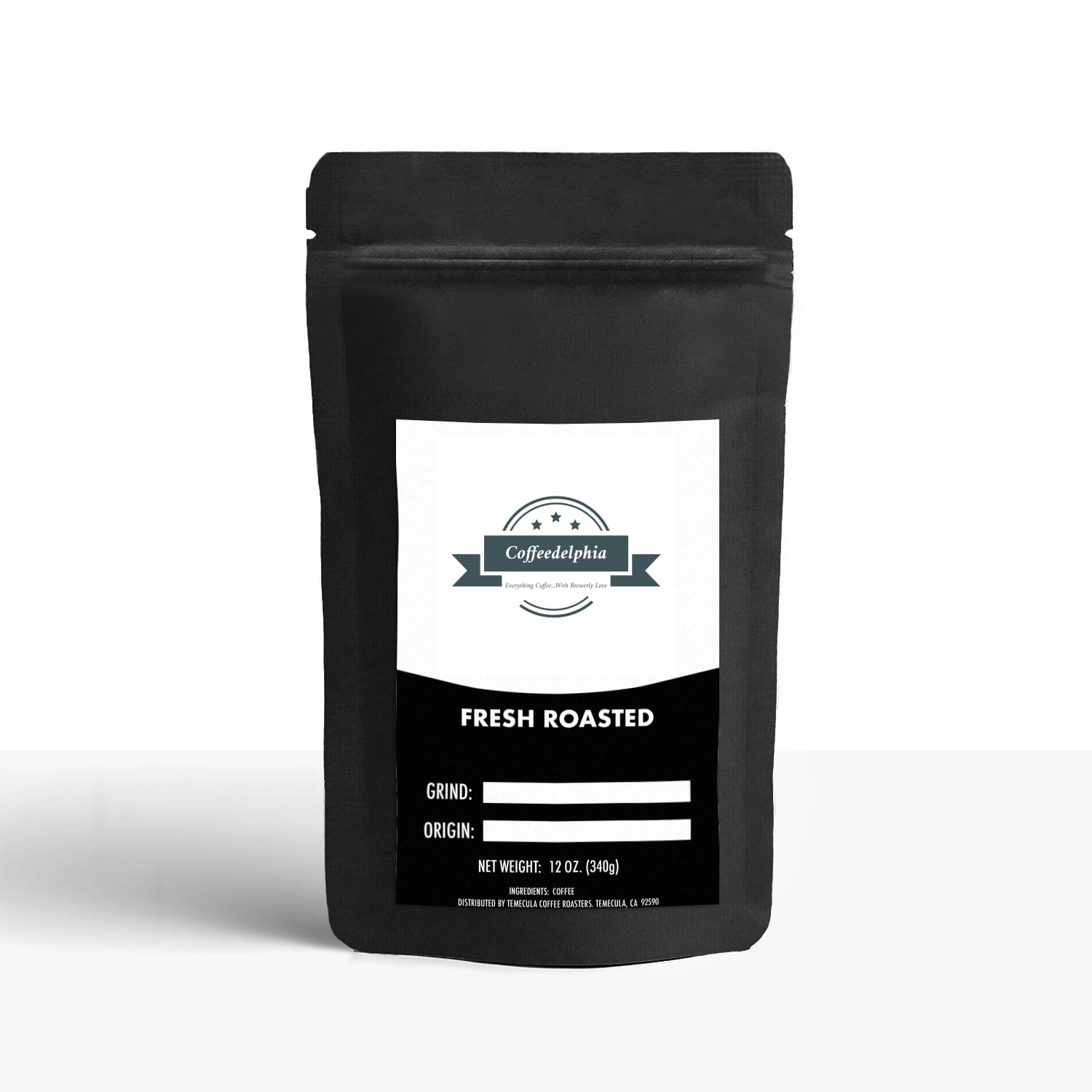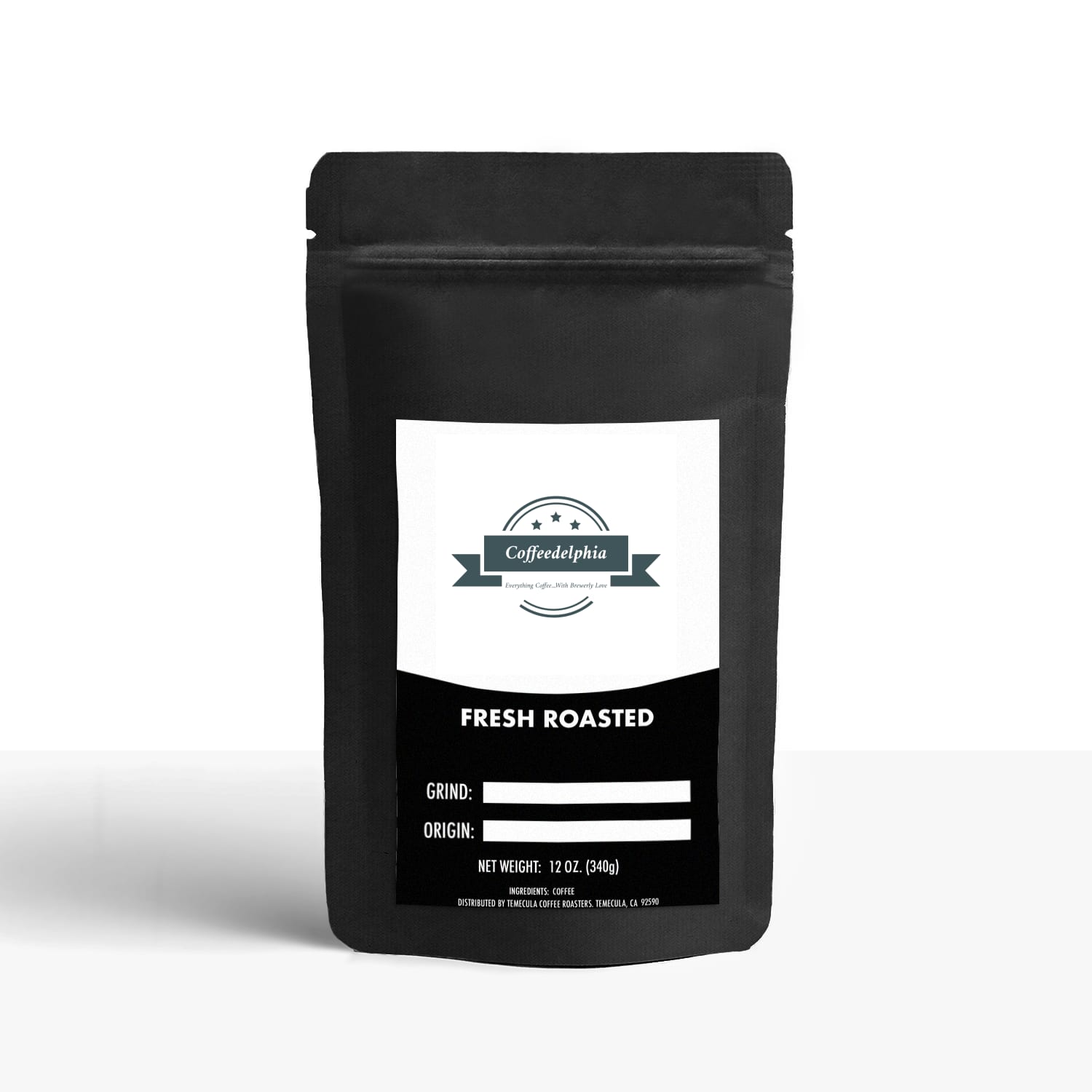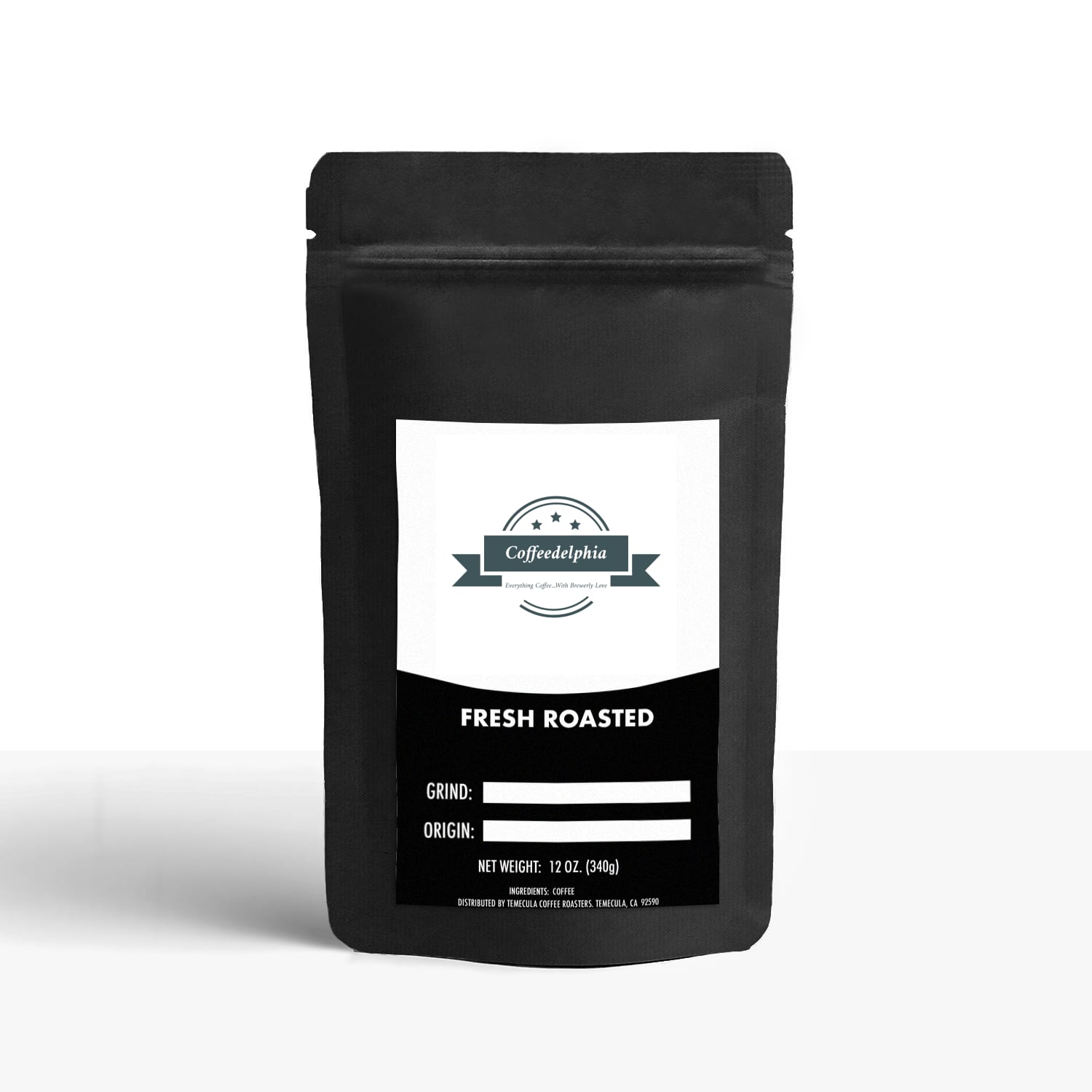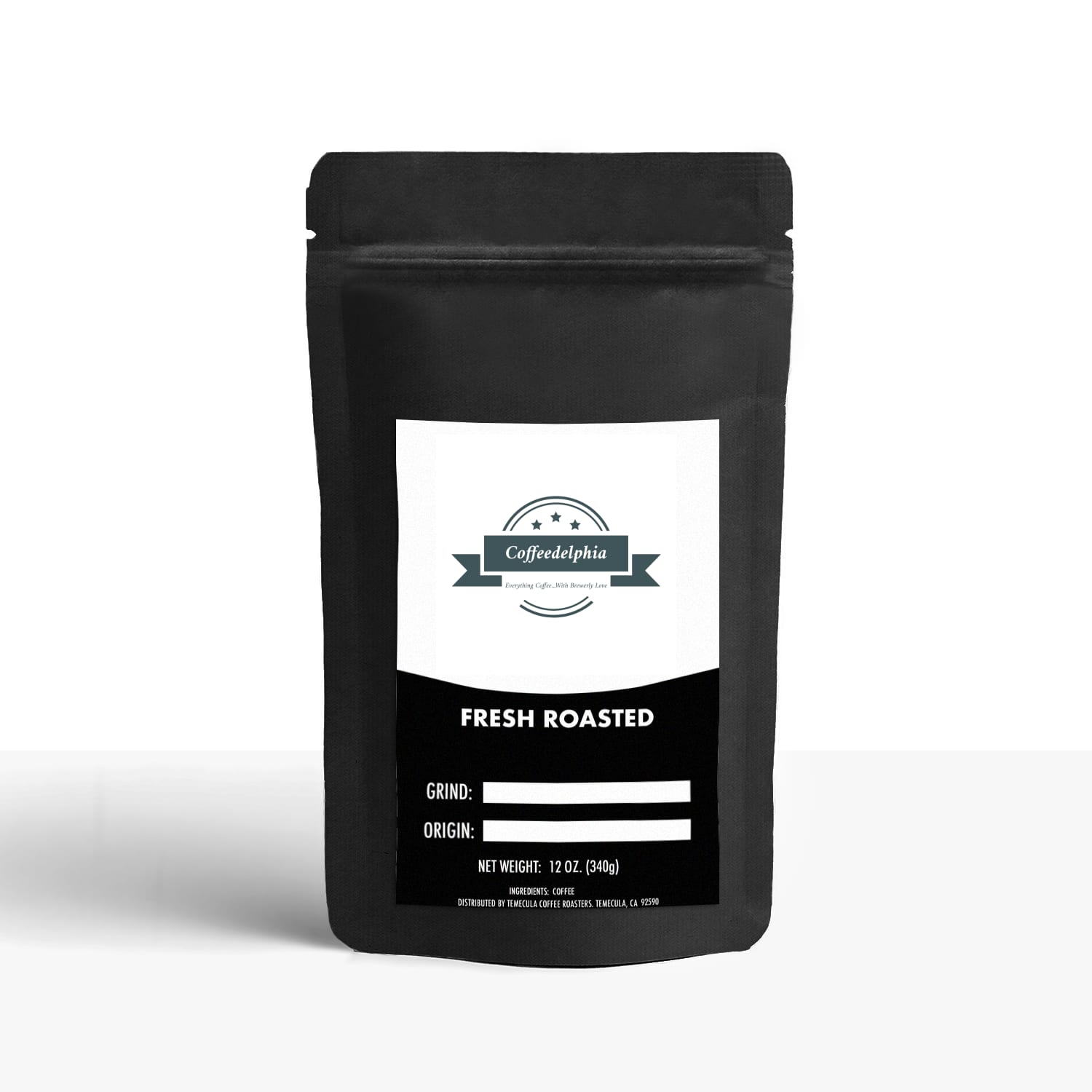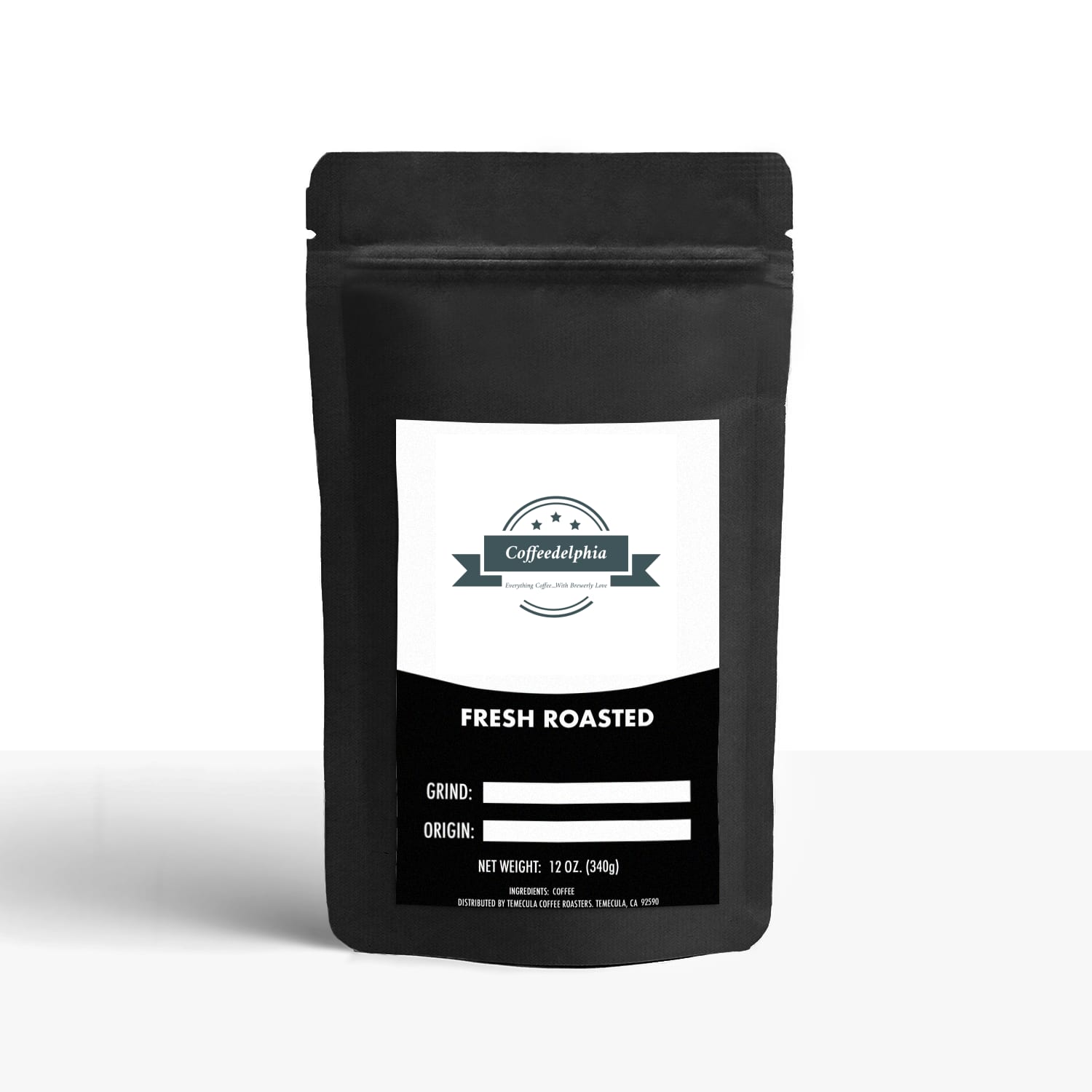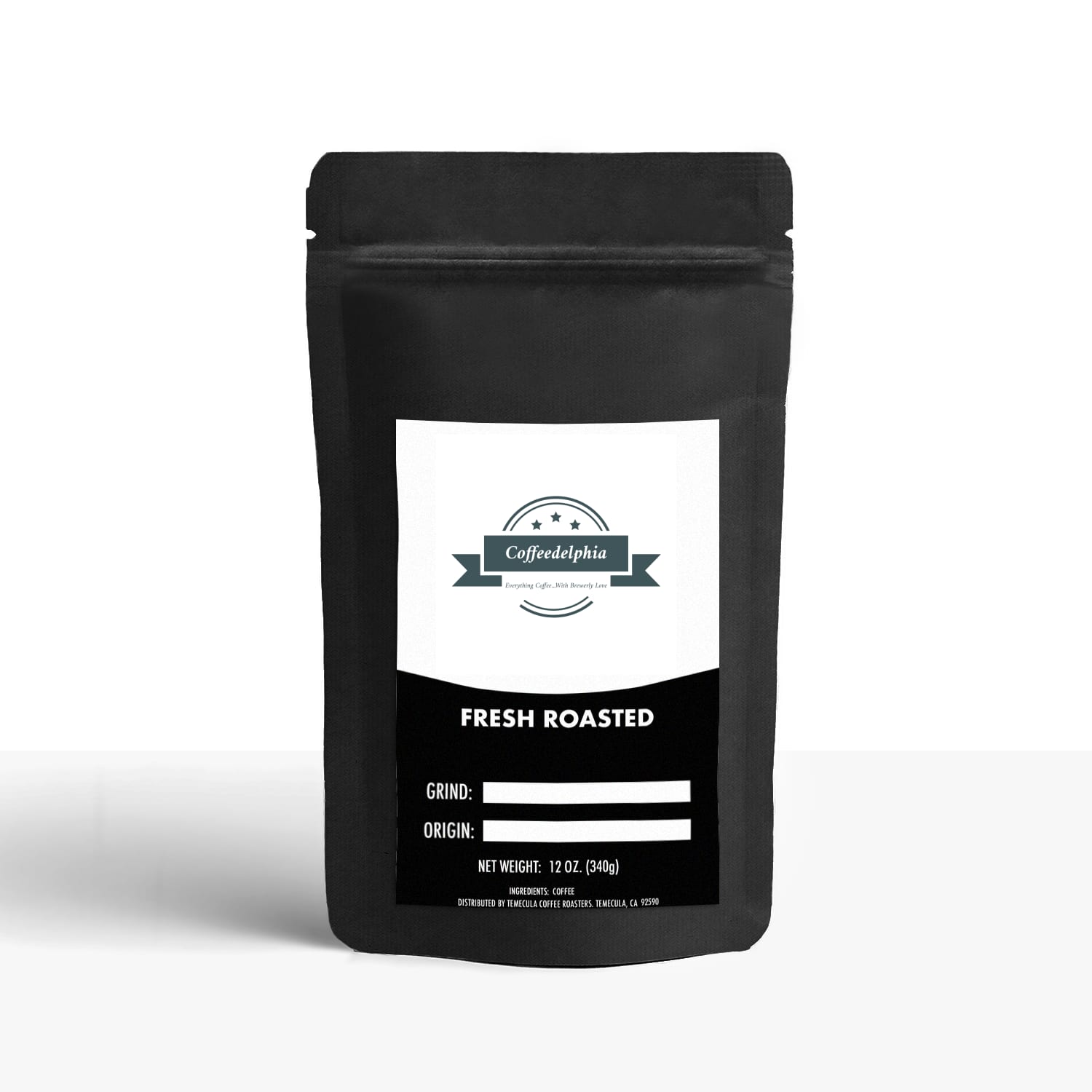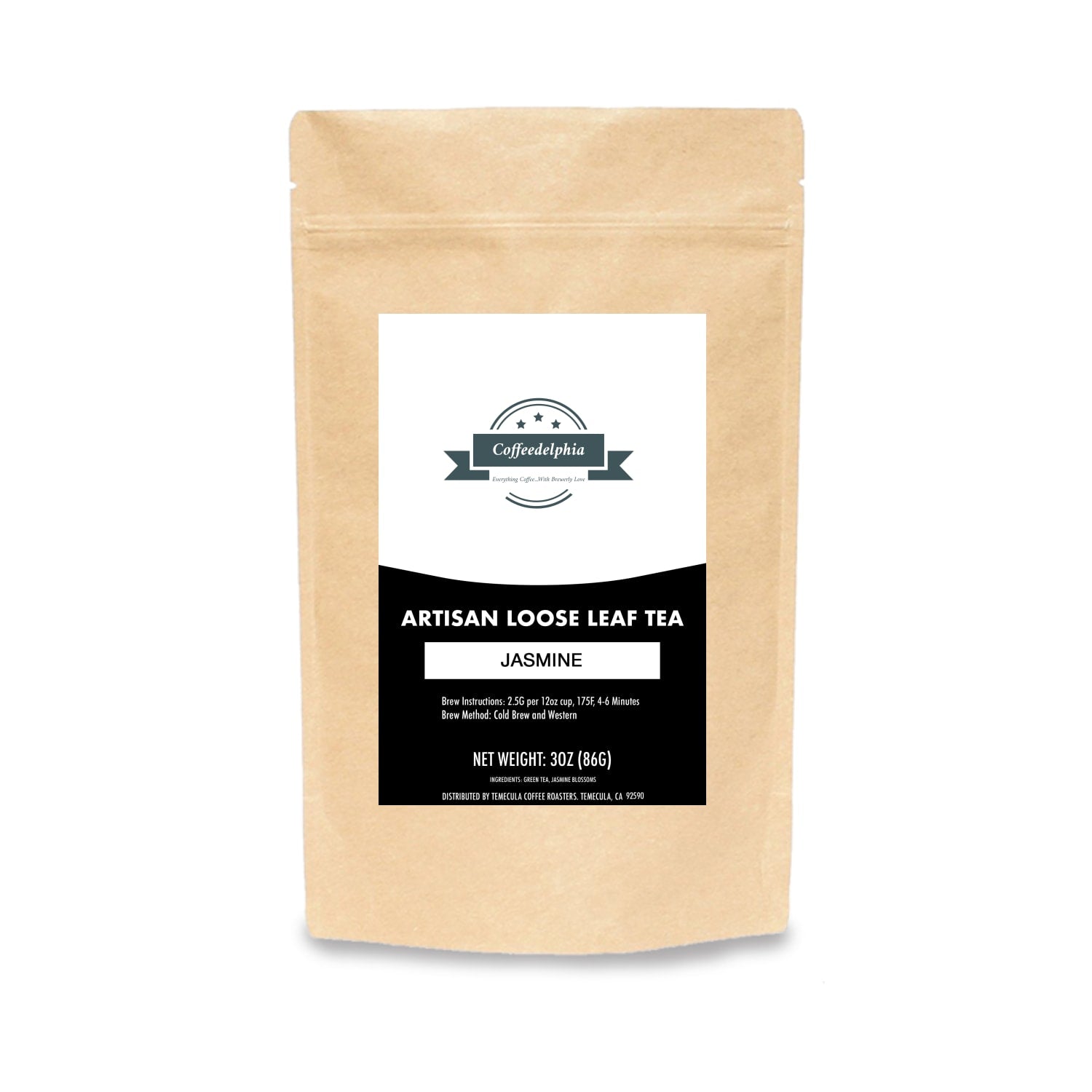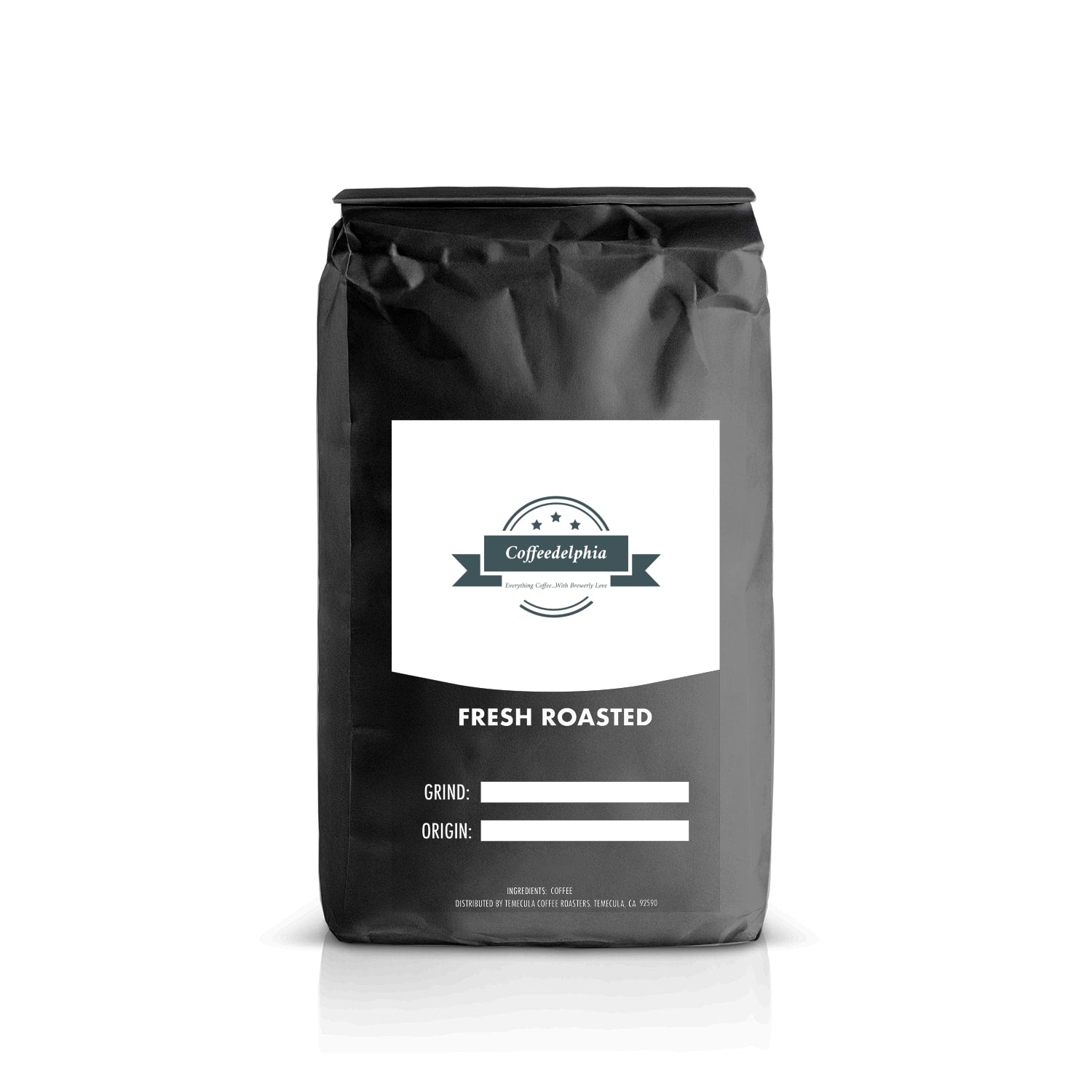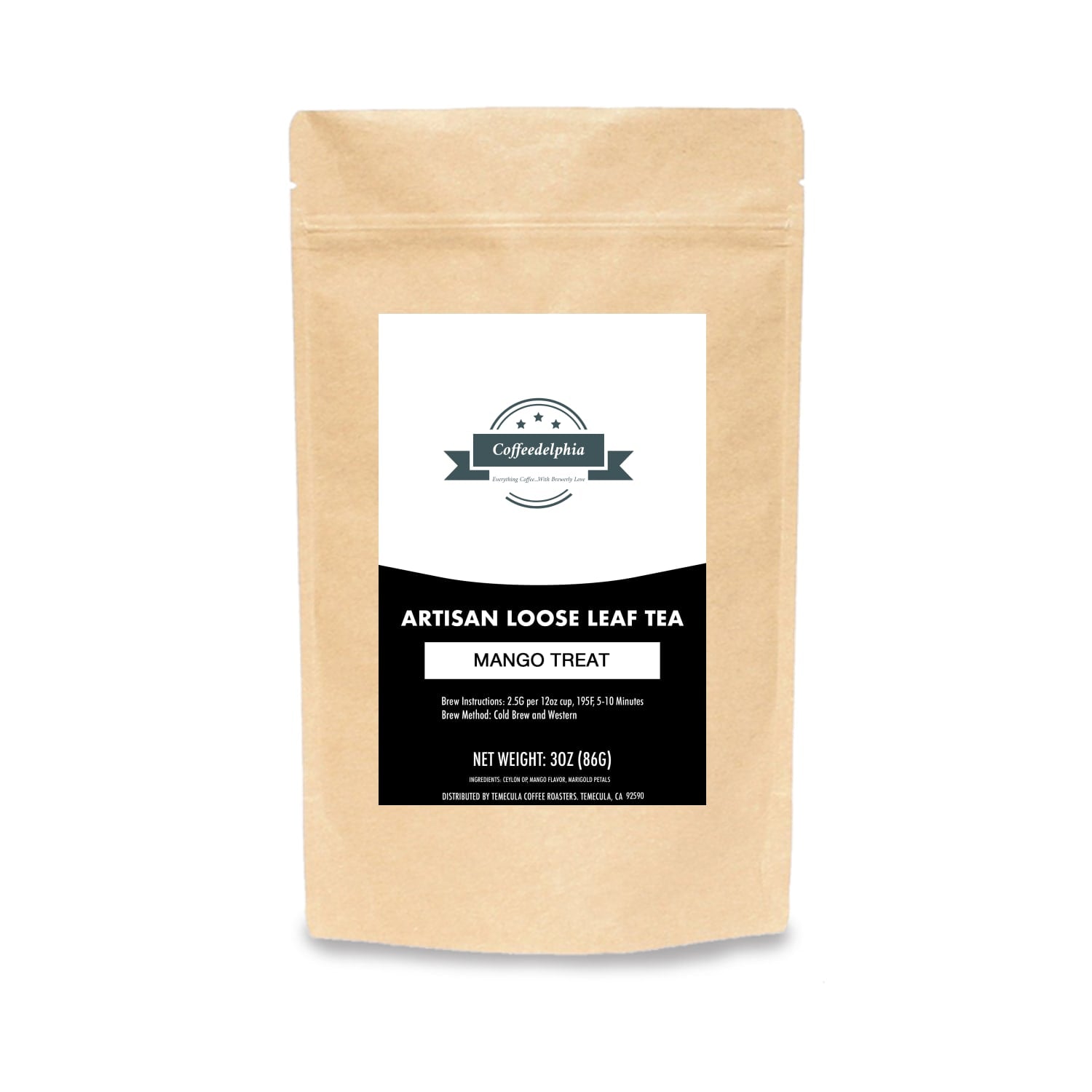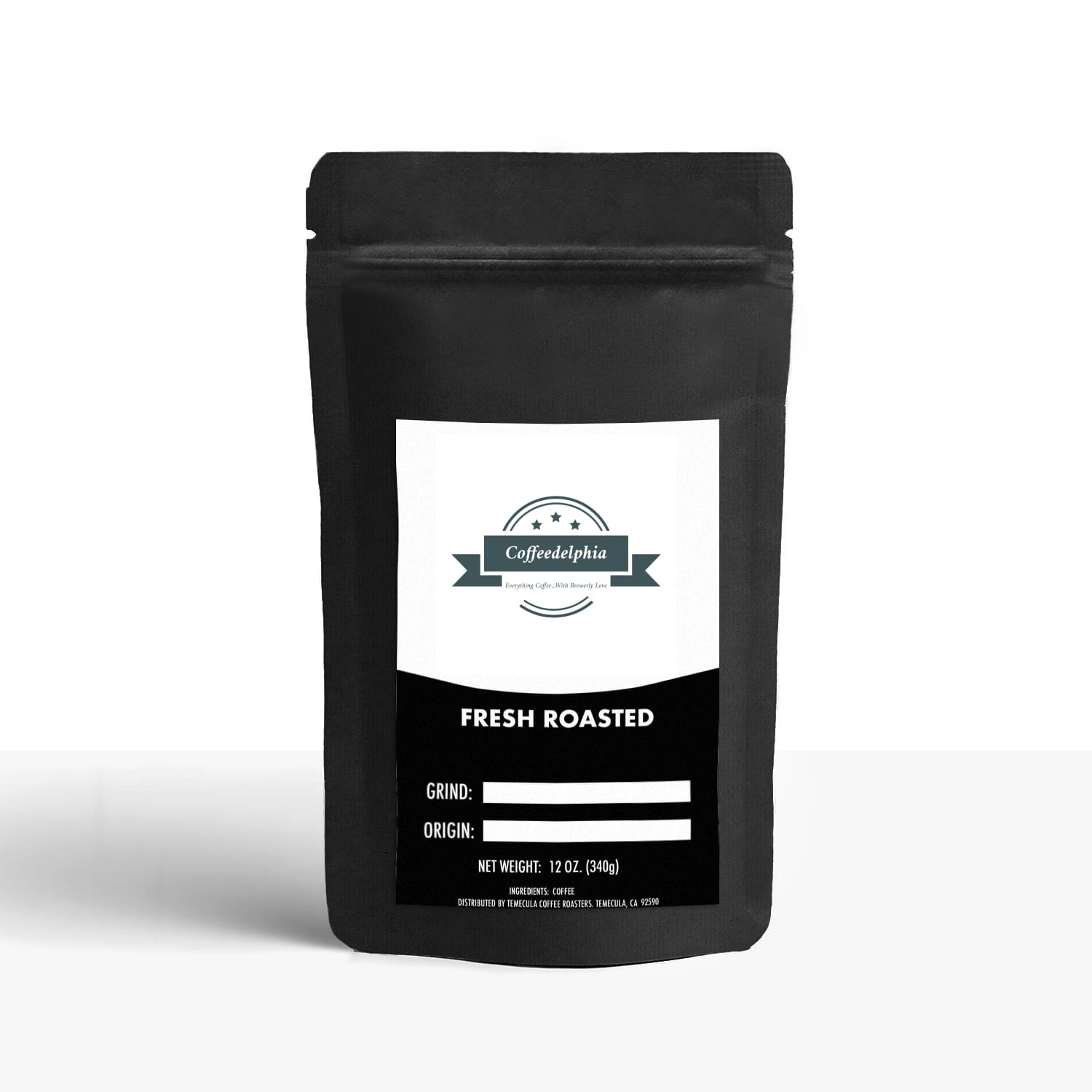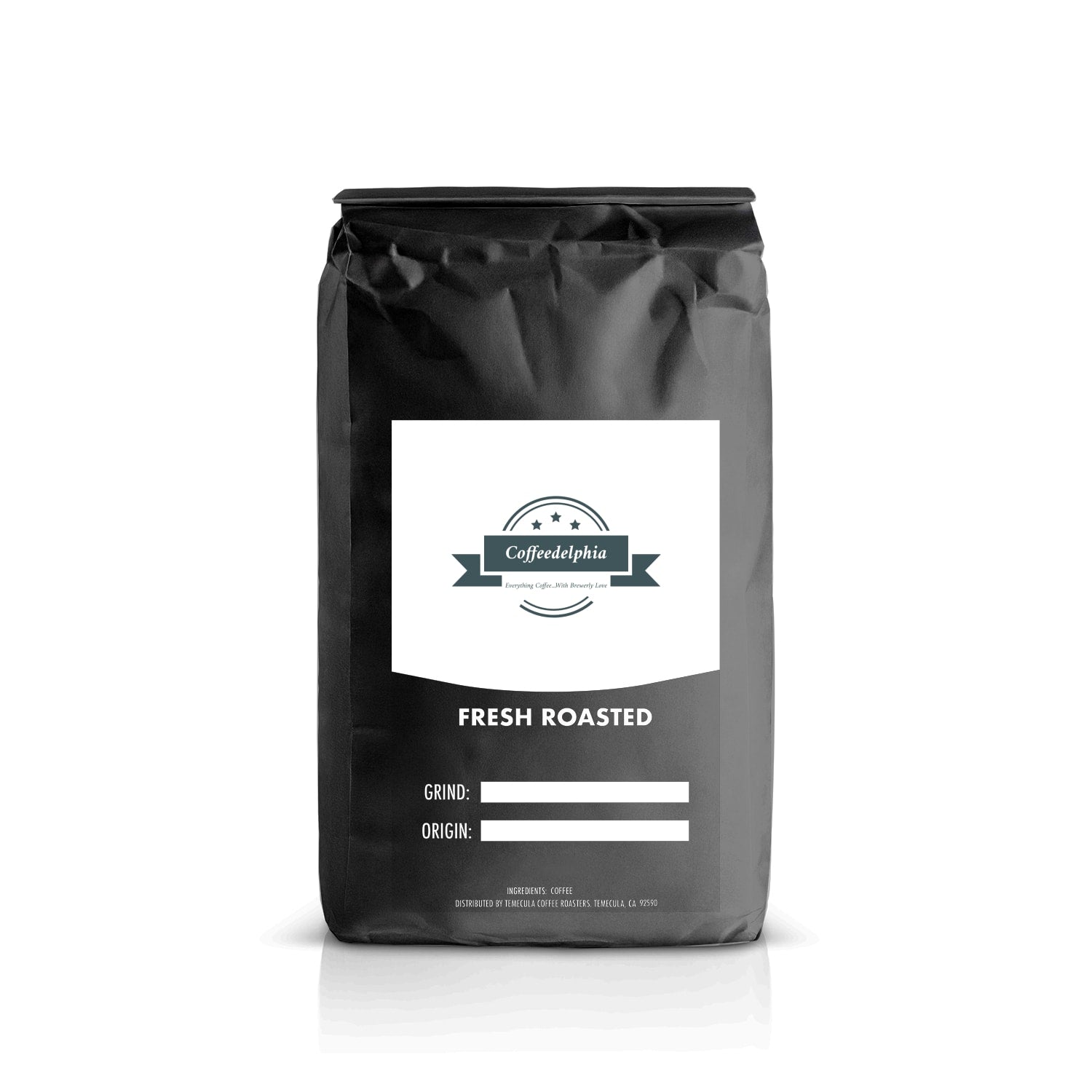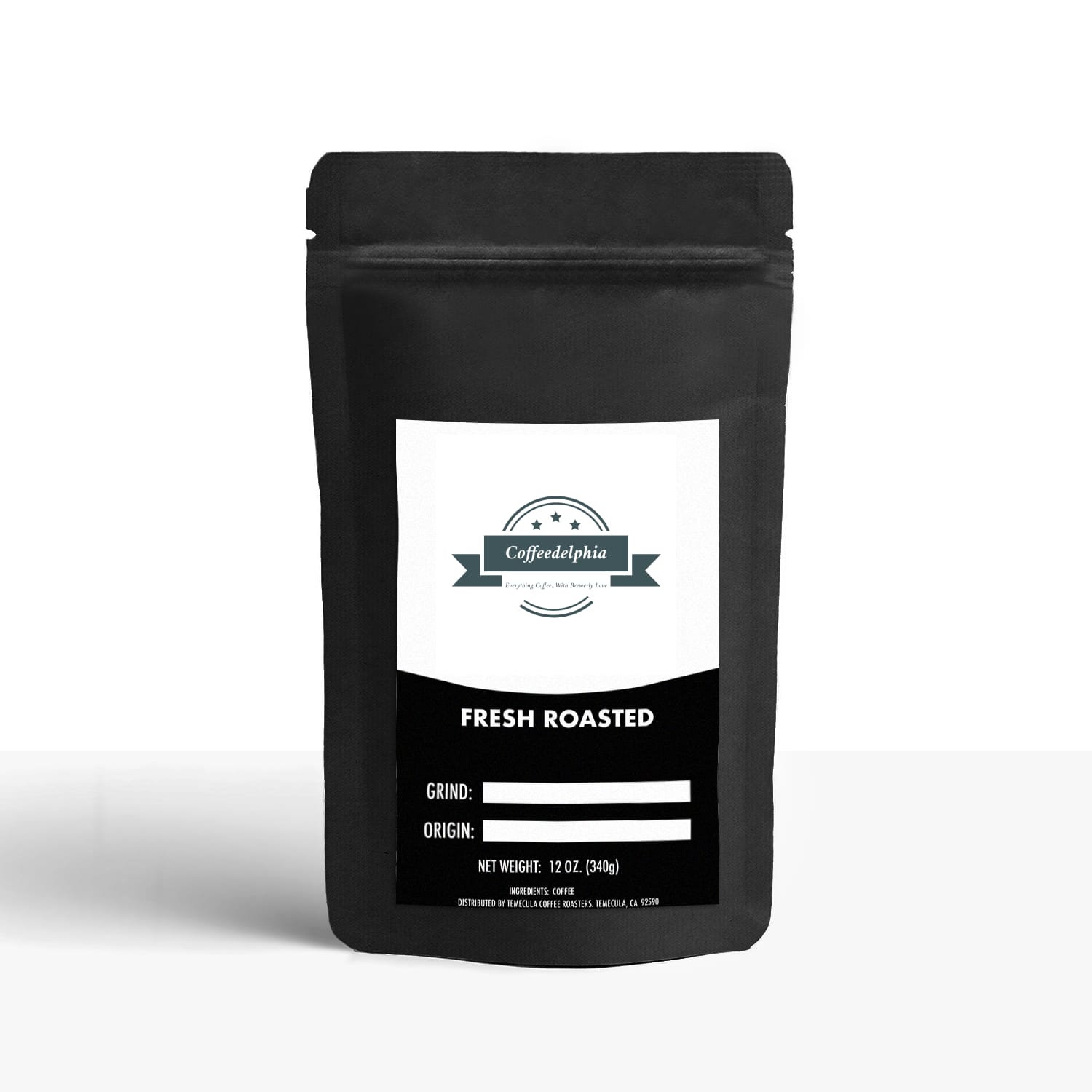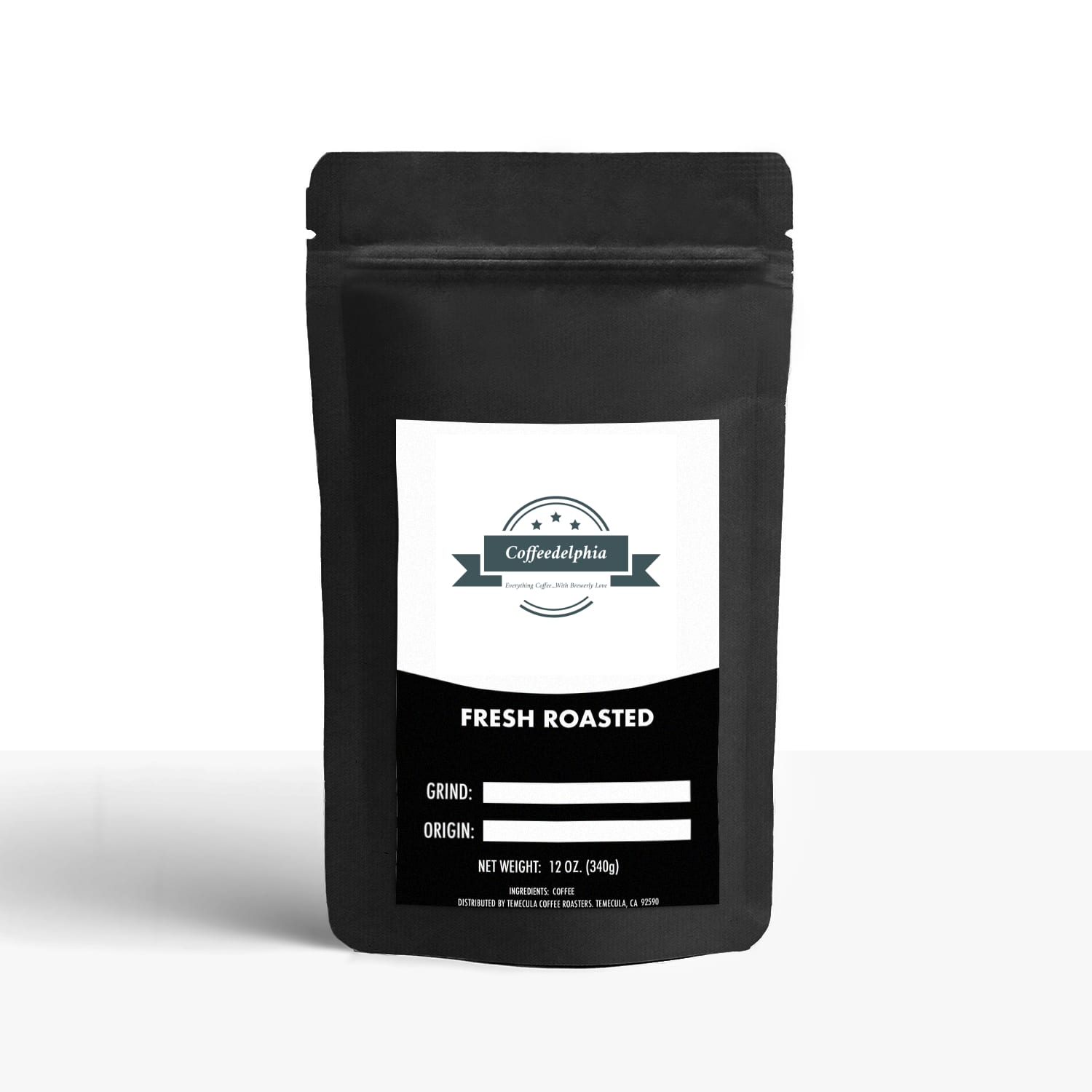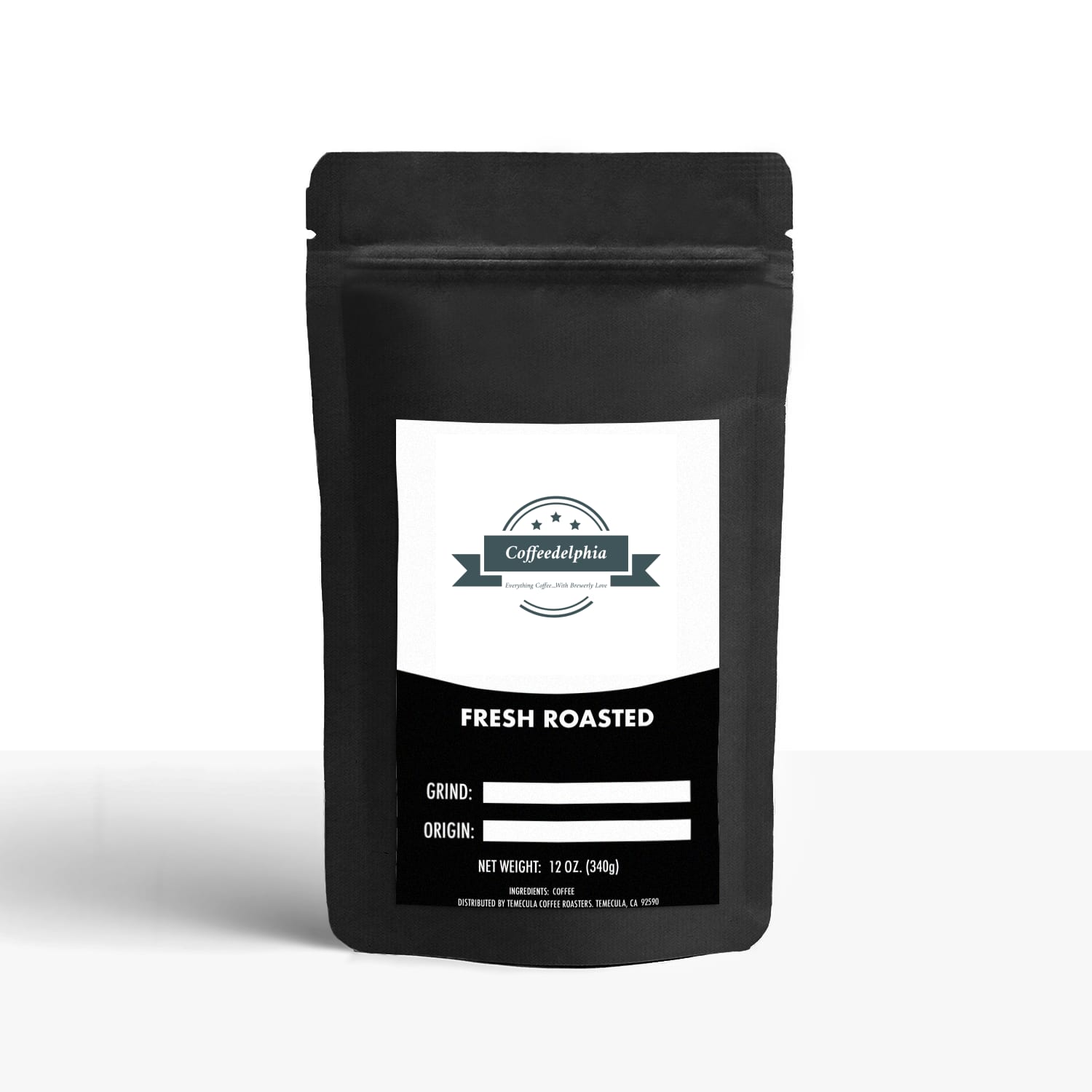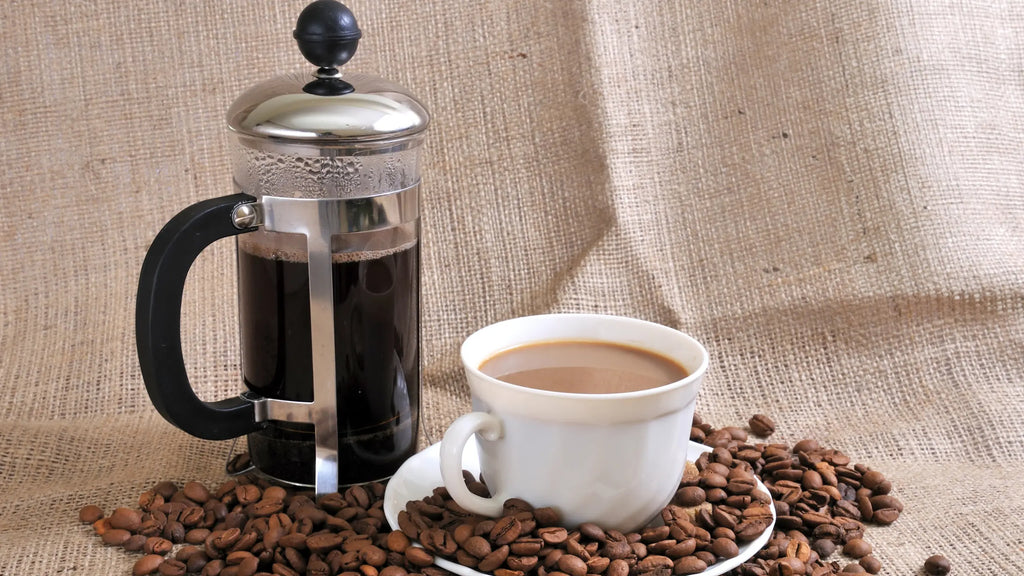
How to Make Perfect French Press Coffee

The French press is an icon of coffee culture for a reason. Its simple, elegant design promises a rich, full-bodied cup of coffee that many brewers can't replicate. Unlike methods that use paper filters, the French press allows the coffee's natural oils and microscopic grounds to pass into your cup, resulting in a uniquely textured and flavorful brew. If you've been wondering how to make coffee in a French press that rivals your favorite café, you've come to the right place.
Learning how to use a French press coffee maker is a straightforward process, but mastering it requires attention to a few key details. From the grind of your beans to the temperature of your water, each step plays a vital role in the final outcome. This comprehensive guide will walk you through everything you need to know, transforming you from a novice to a confident home barista.
We'll cover the essential equipment, provide a detailed step-by-step tutorial, and share expert tips to troubleshoot common issues. By the end of this post, you'll understand precisely how to make coffee with a French press that is consistently delicious, aromatic, and deeply satisfying. Get ready to elevate your morning routine and unlock the full potential of your coffee beans.
Why Choose a French Press?
Before we dive into the "how-to," let's explore why the French press has remained a beloved brewing method for over a century. Its popularity isn't just about aesthetics; the immersion brewing technique offers distinct advantages.
When you use a French press, the coffee grounds are fully submerged—or immersed—in hot water for the entire brewing period. This method allows for a more complete and even extraction of flavors compared to drip methods where water just passes through the grounds.
The secret to its signature taste lies in its metal mesh filter. Unlike paper filters that absorb most of the coffee's essential oils, the metal filter lets these aromatic compounds through. This results in a cup with a heavier body, a richer mouthfeel, and a more robust flavor profile. If you enjoy a coffee that is bold and full of character, learning how to make French press coffee is a worthwhile endeavor.
What You'll Need
Gathering your tools before you begin is the first step toward a flawless brew. The process doesn't require a lot of fancy equipment, but using the right tools will make a significant difference.

The Essentials
- French Press Coffee Maker: These come in various sizes, typically measured in cups or ounces. A standard 8-cup (34 oz) press is perfect for making two to three servings.
- Coffee Beans: The quality of your beans is paramount. Start with freshly roasted, whole beans for the best results.
- Coffee Grinder: A burr grinder is highly recommended. It produces a consistent, even grind, which is crucial for balanced extraction. Blade grinders create an inconsistent mix of fine dust and large chunks, leading to a muddled taste.
- Kettle: A gooseneck kettle offers greater control over pouring, but any standard kettle will work.
- Scale: For precision, a digital kitchen scale is your best friend. Measuring by weight (grams) is far more accurate than measuring by volume (scoops).
- Timer: You can use your phone, a kitchen timer, or even the stopwatch on your watch. Timing is critical for proper extraction.
How to Make French Press Coffee: A Step-by-Step Guide
Now for the main event. Follow these instructions on how to use a French press coffee maker for a perfect cup every time. We'll use a common coffee-to-water ratio of 1:15, which is a great starting point for most beans.
Step 1: Measure Your Coffee
Precision starts here. For a standard 8-cup (34 oz or ~1 liter) French press, a good starting point is 60 grams of coffee. If you're using a smaller press, adjust accordingly while maintaining the 1:15 ratio. For example, for 500ml of water, you would use about 33 grams of coffee.
Use your digital scale to weigh the whole beans before grinding. This ensures you're starting with the exact amount you need.
Step 2: Grind Your Beans
This is arguably the most critical step in learning how to make coffee with a French press. The ideal grind size is coarse, resembling coarse sea salt or breadcrumbs.
- Too fine: If your grind is too fine (like sand or table salt), the water will over-extract the coffee, resulting in a bitter, harsh taste. It can also clog the filter and make it difficult to press the plunger down.
- Too coarse: If the grind is too coarse, the water will under-extract the coffee, leading to a weak, sour, and undeveloped flavor.
Grind your beans right before you plan to brew. Pre-ground coffee loses its freshness and aromatic compounds rapidly due to oxidation.
Step 3: Heat Your Water
While your beans are grinding, start heating your water. The ideal water temperature for French press coffee is between 195°F and 205°F (90°C to 96°C).
If you don't have a thermometer or a variable-temperature kettle, you can achieve this by bringing the water to a full boil and then letting it sit for about 30 to 45 seconds before pouring. Using water that is too hot can scorch the coffee grounds, creating a burnt taste. Water that isn't hot enough will lead to a flat, under-extracted brew.
Step 4: Preheat the French Press
This simple step helps maintain a stable brewing temperature. Pour a small amount of your hot water into the empty French press carafe, swirl it around to warm the glass, and then discard the water. A warm carafe prevents the brewing temperature from dropping suddenly when you add your brewing water.
Step 5: Add Coffee and Start the Timer
Place your ground coffee into the preheated carafe. Give it a gentle shake to level the bed of grounds.
Place the French press on your scale and tare it to zero. Start your timer as soon as you begin pouring the water.
Step 6: The Bloom

Pour about twice the amount of water as coffee over the grounds (e.g., 120 grams of water for 60 grams of coffee). Pour in a circular motion to ensure all the grounds are saturated. You'll notice the coffee bed bubbling and expanding—this is called the "bloom."
The bloom is the rapid release of carbon dioxide gas that occurs when hot water hits fresh coffee. Allowing the coffee to bloom for about 30 seconds helps release these gases, which can impede extraction and create sour flavors.
Step 7: The Main Pour and First Stir
After the 30-second bloom, continue pouring the remaining water over the grounds until you reach your target weight (in our example, 1000 grams or 1 liter). Try to pour evenly to saturate all the coffee.
Once all the water is added, give the slurry a gentle stir with a spoon or chopstick. This breaks up any clumps and ensures all the grounds are fully immersed. Place the lid on top of the press with the plunger pulled all the way up. This will help trap the heat.
Step 8: Brew for Four Minutes
Now, let the coffee steep. The standard brew time for a French press is four minutes. This includes the 30-second bloom.
- A shorter brew time might result in a weak, under-extracted cup.
- A longer brew time can lead to over-extraction and bitterness.
Feel free to experiment with this time. Some beans and roasts may taste better with a slightly shorter or longer steep.
Step 9: Break the Crust and Skim
After four minutes, you'll see a crust of coffee grounds has formed on the surface. Use your spoon to gently break this crust, allowing the grounds to settle to the bottom.
For an even cleaner cup, you can use two spoons to skim off any remaining foam or floating grounds from the surface. This optional step reduces the amount of sediment, or "silt," in your final cup.
Step 10: Plunge and Serve
It's time to press. Place your hand on the lid and slowly, gently push the plunger all the way down. Use steady, even pressure. If you encounter significant resistance, your grind might be too fine. Don't force it—pull the plunger up slightly and then continue pressing.
Once the plunger is at the bottom, your coffee is ready. Serve it immediately. Do not let the coffee sit in the French press, as it will continue to extract from the grounds at the bottom, becoming bitter and astringent over time. If you made more coffee than you plan to drink right away, transfer the remainder to a separate carafe or thermos.
Your Path to the Perfect Brew
Learning how to make French coffee is a journey of taste and discovery. While this guide provides a solid foundation, don't be afraid to experiment. The beauty of manual brewing methods is their flexibility. You can adjust the coffee-to-water ratio, grind size, and brew time to perfectly match your preferences and the specific beans you're using.
Each new bag of coffee offers an opportunity to refine your technique. Pay attention to the tasting notes, listen to your palate, and make small adjustments. With a little practice, you'll be making exceptional coffee that brightens your mornings and impresses your guests. The perfect cup is within your reach—all it takes is a French press and the curiosity to brew.
